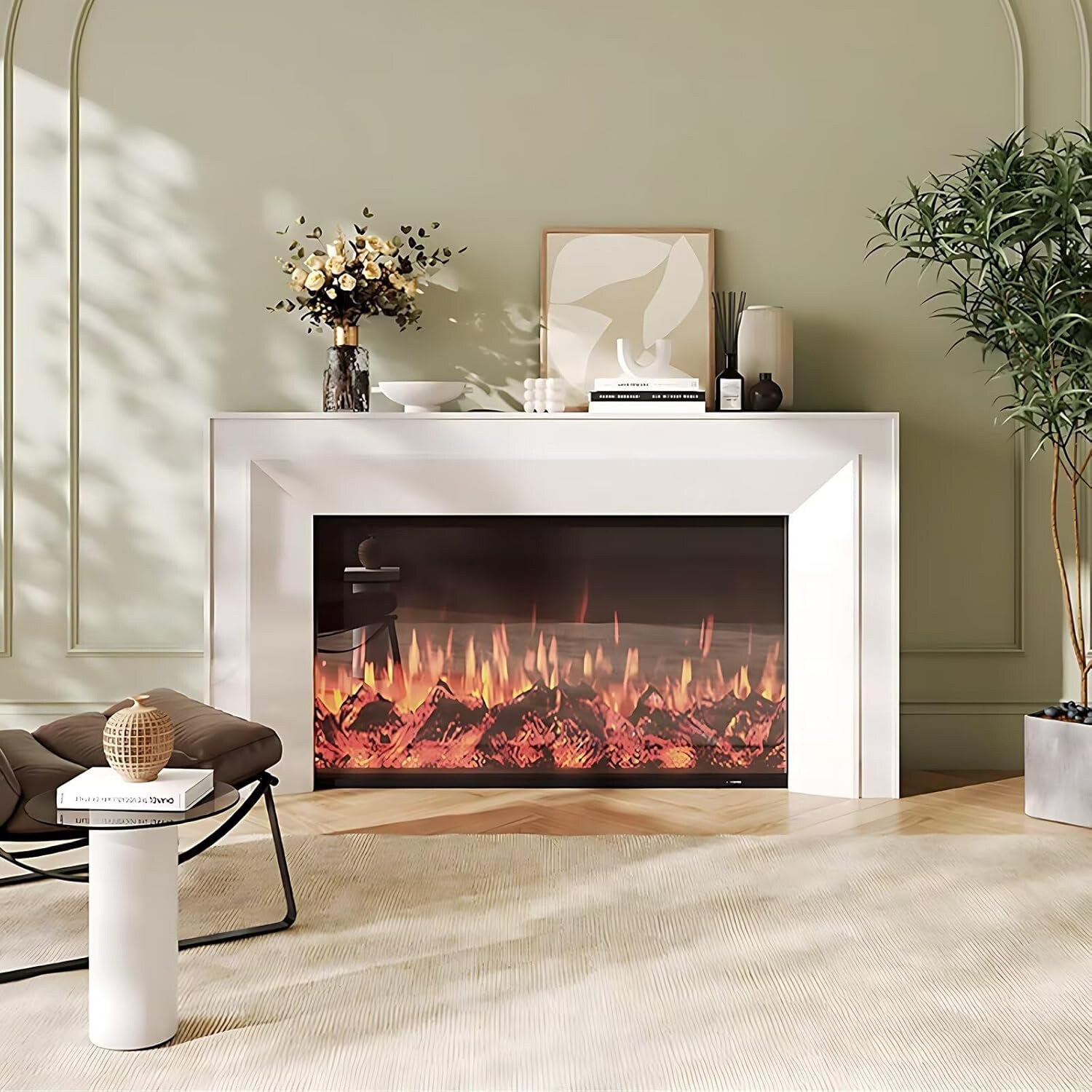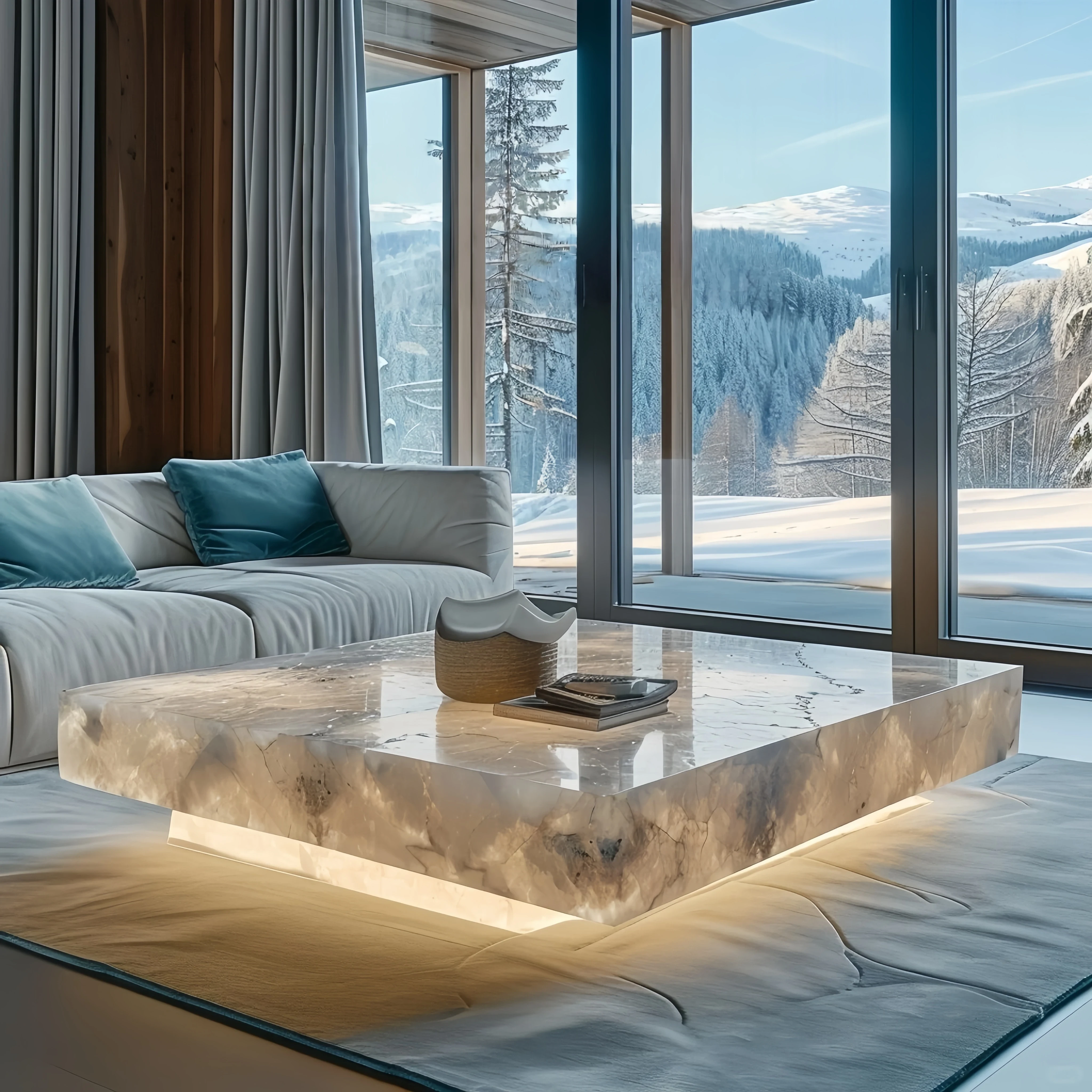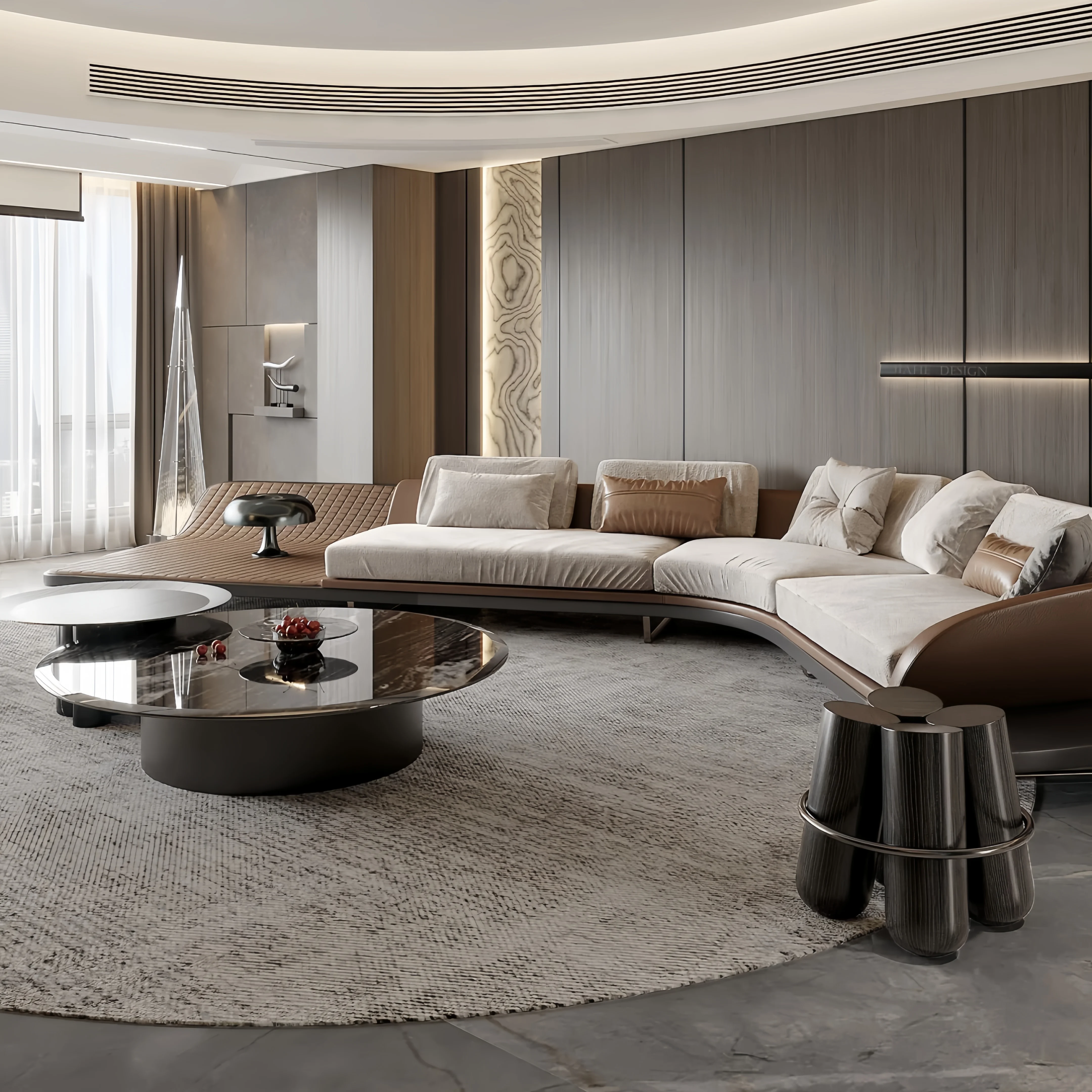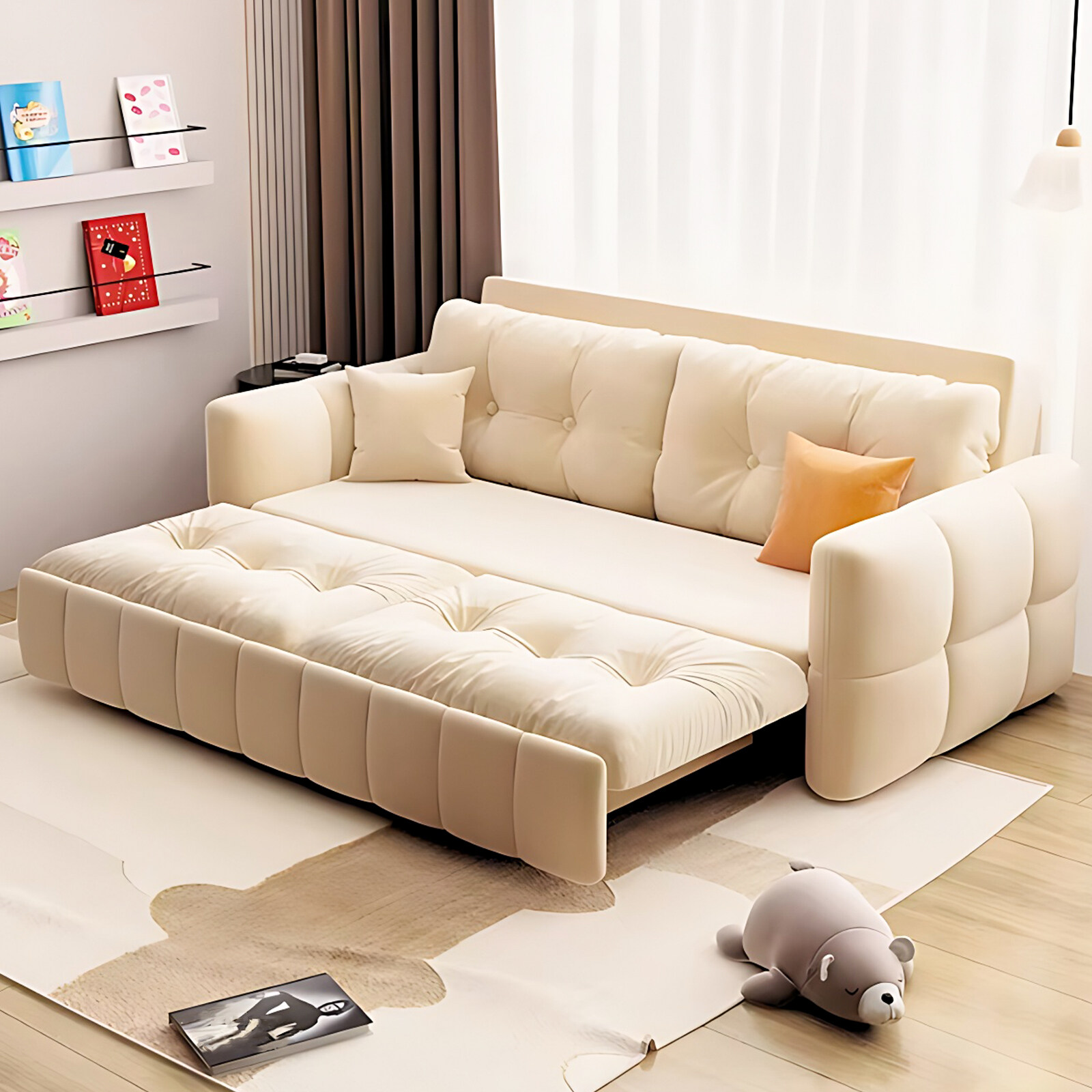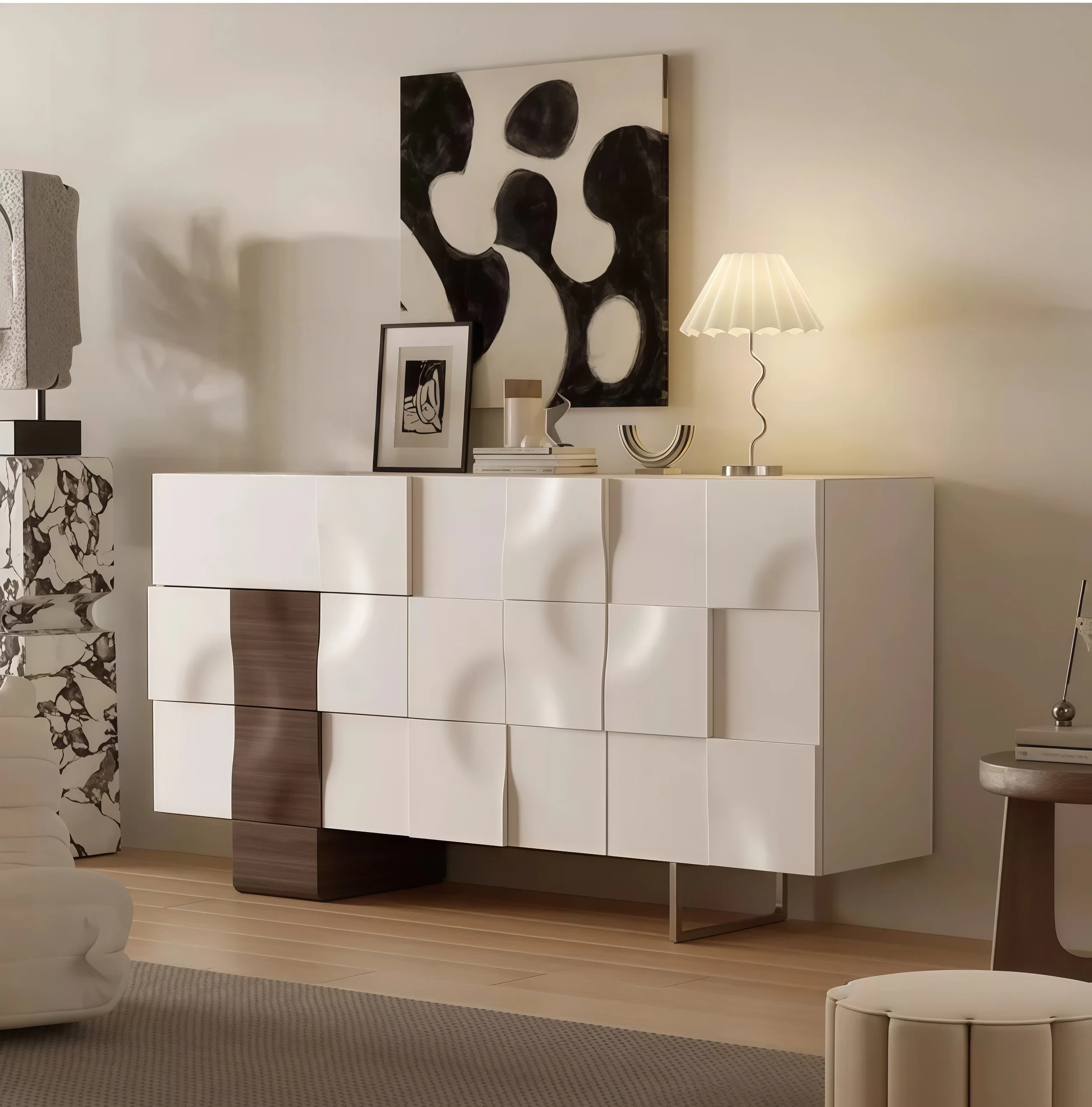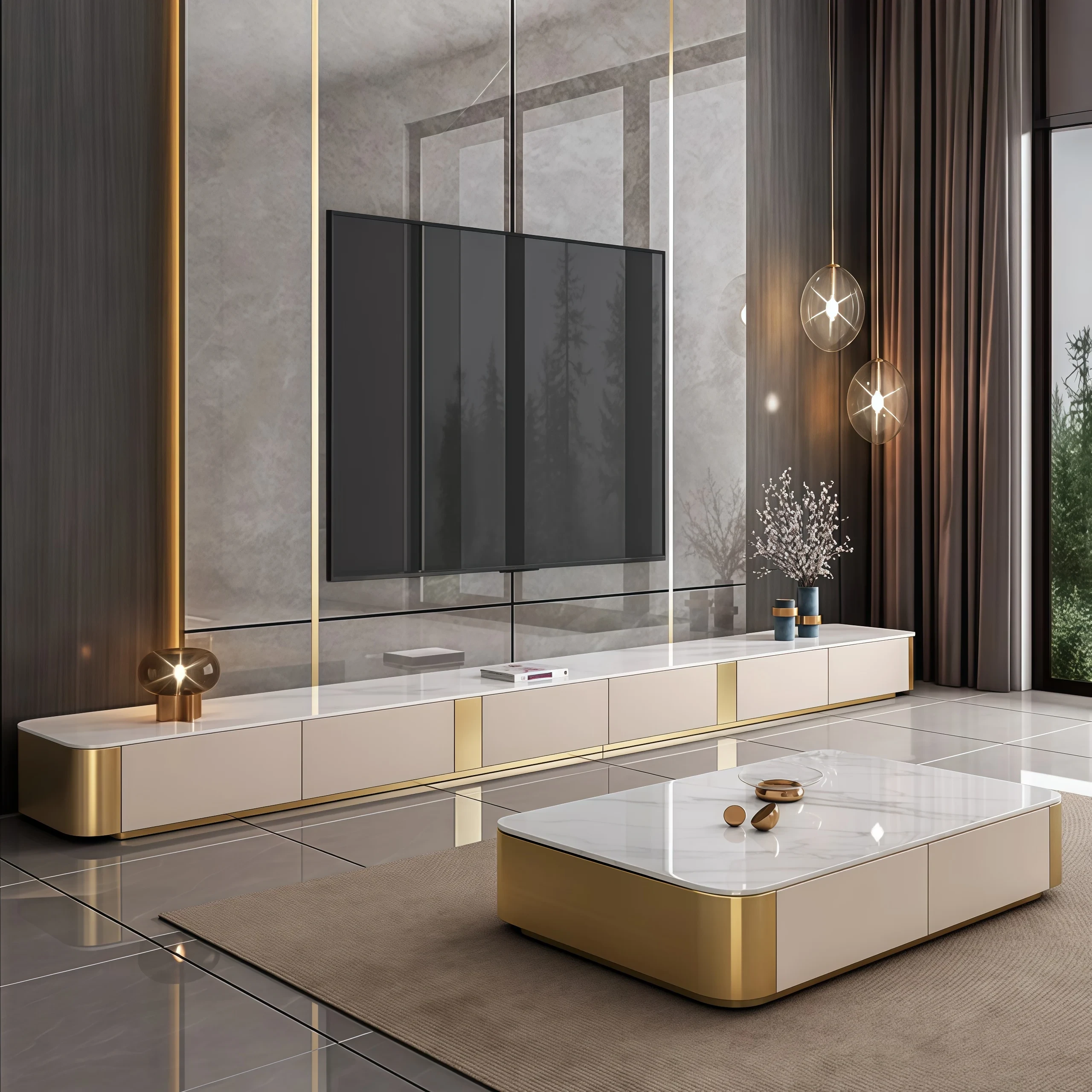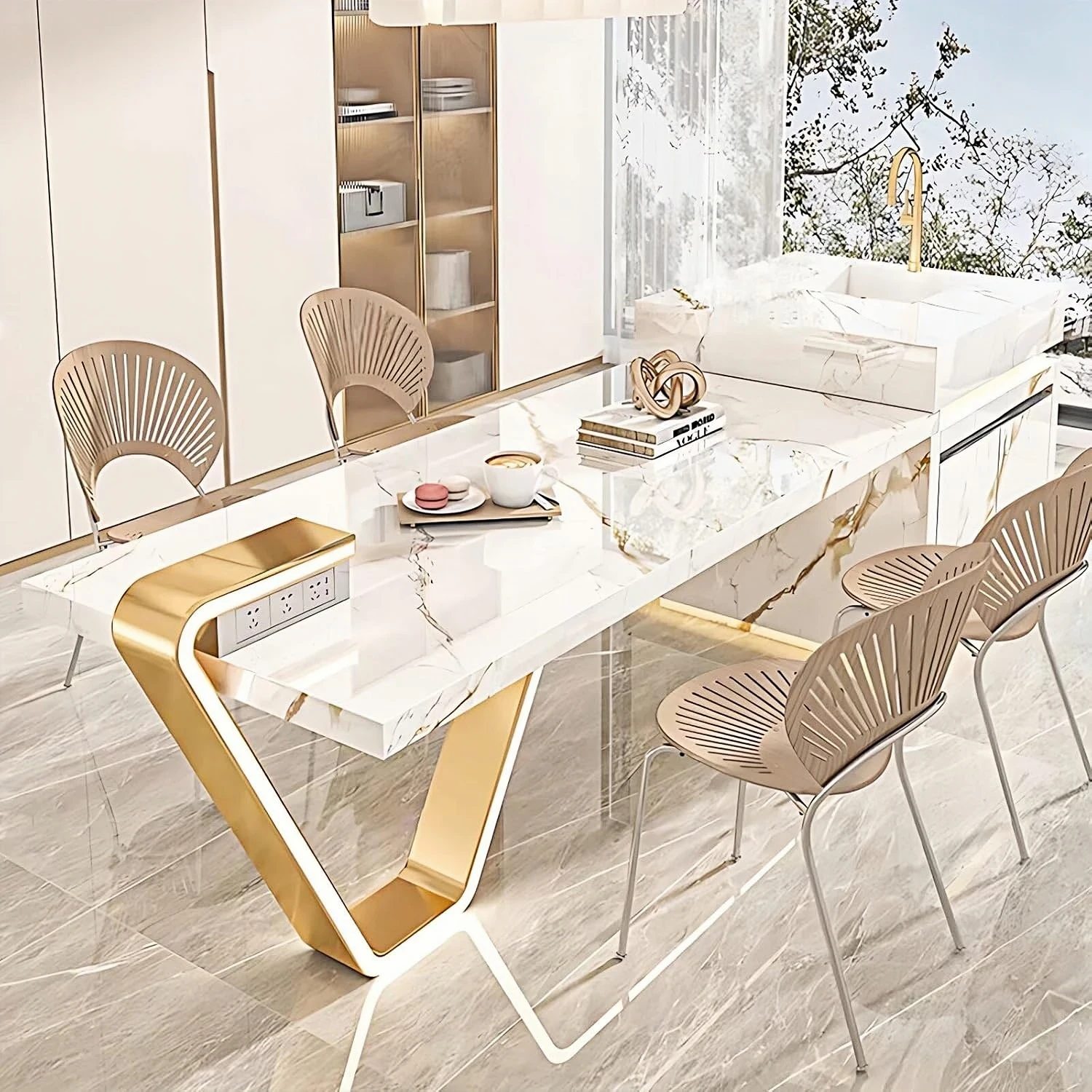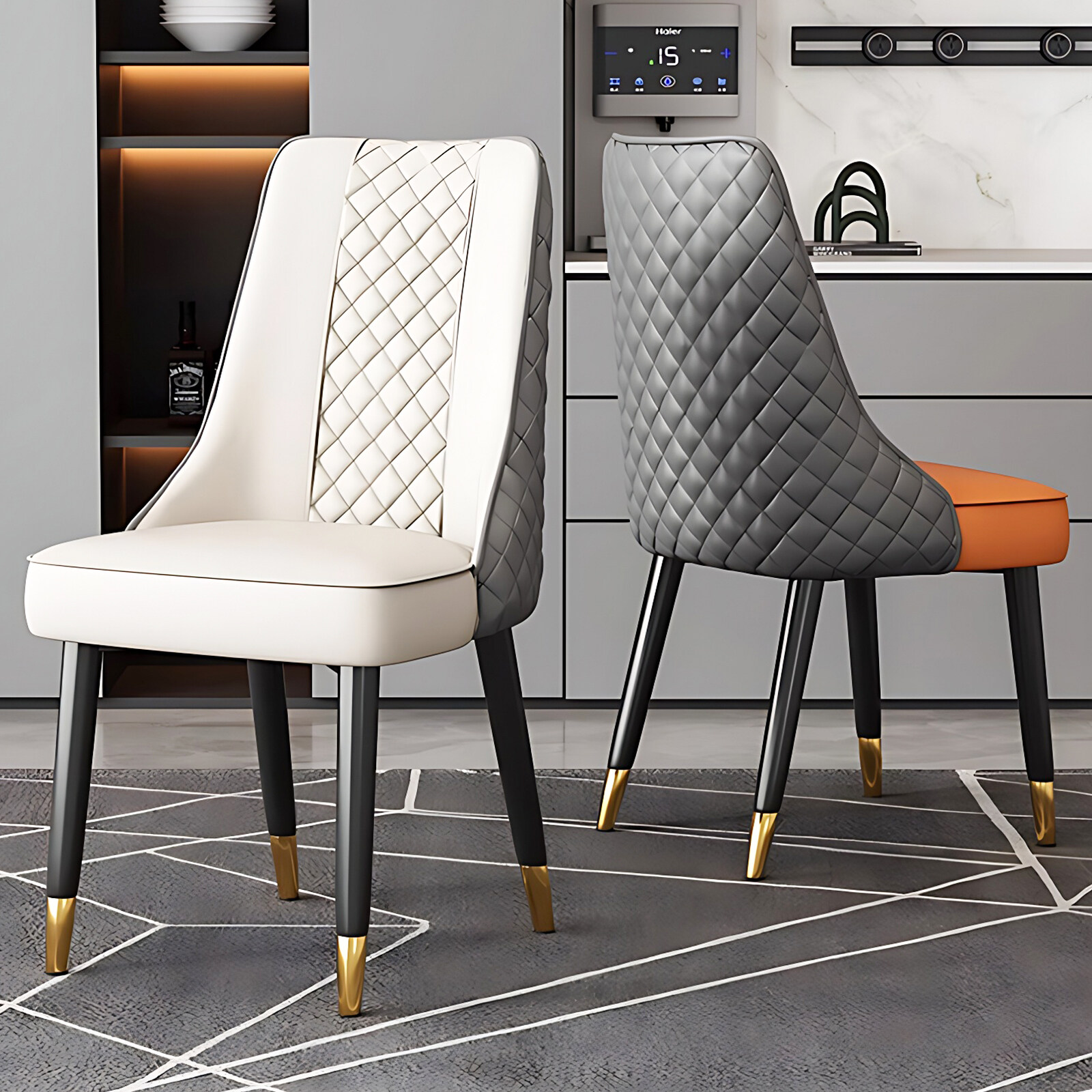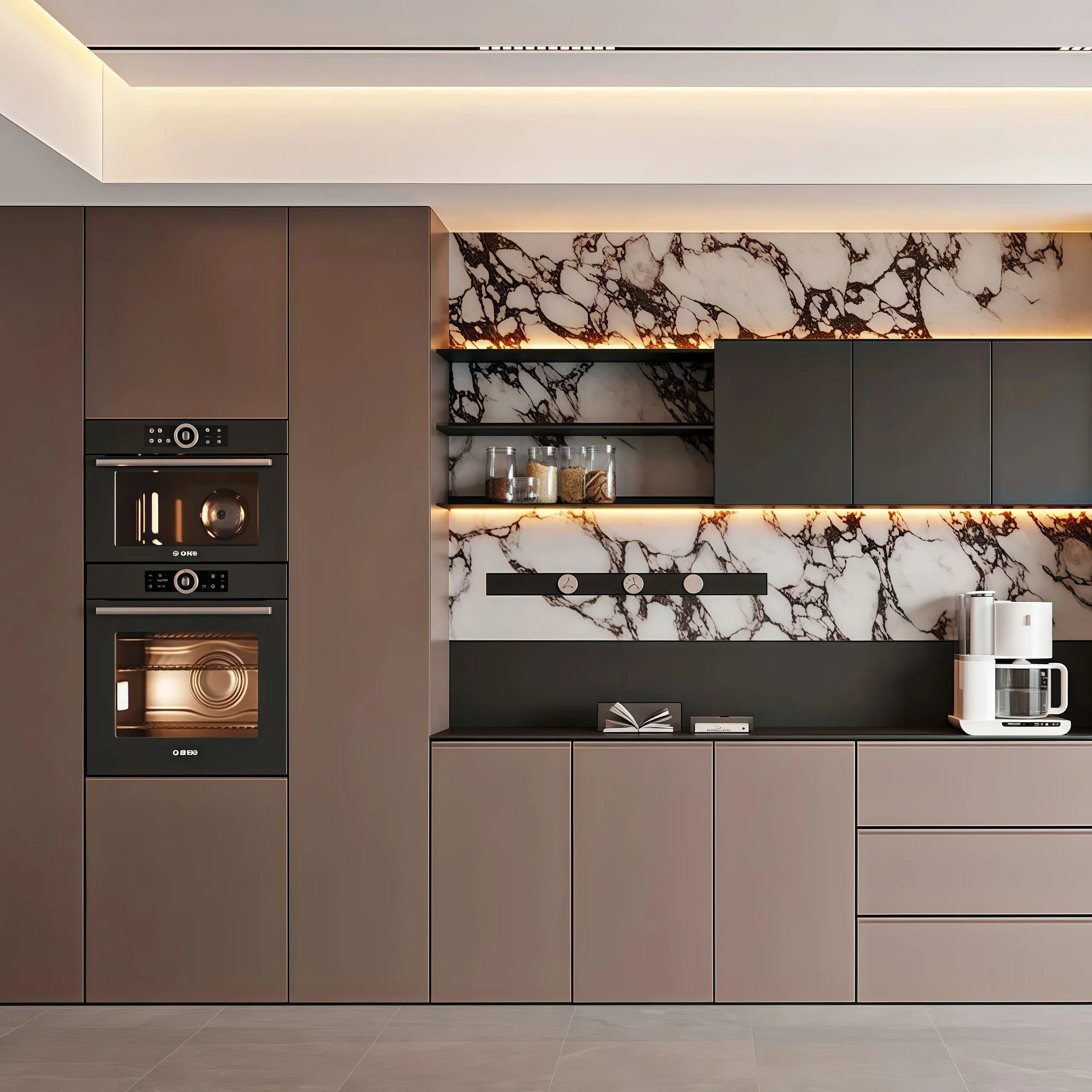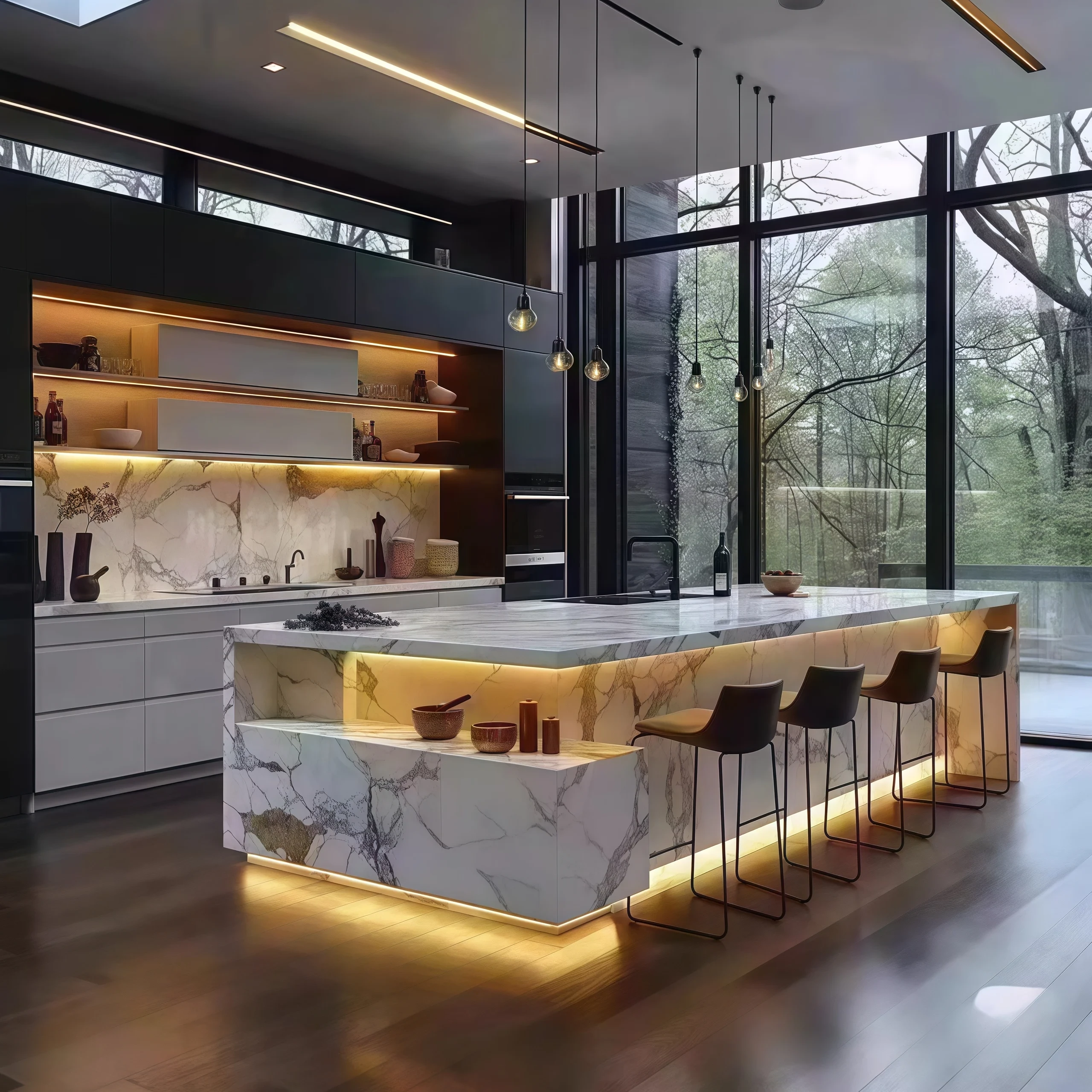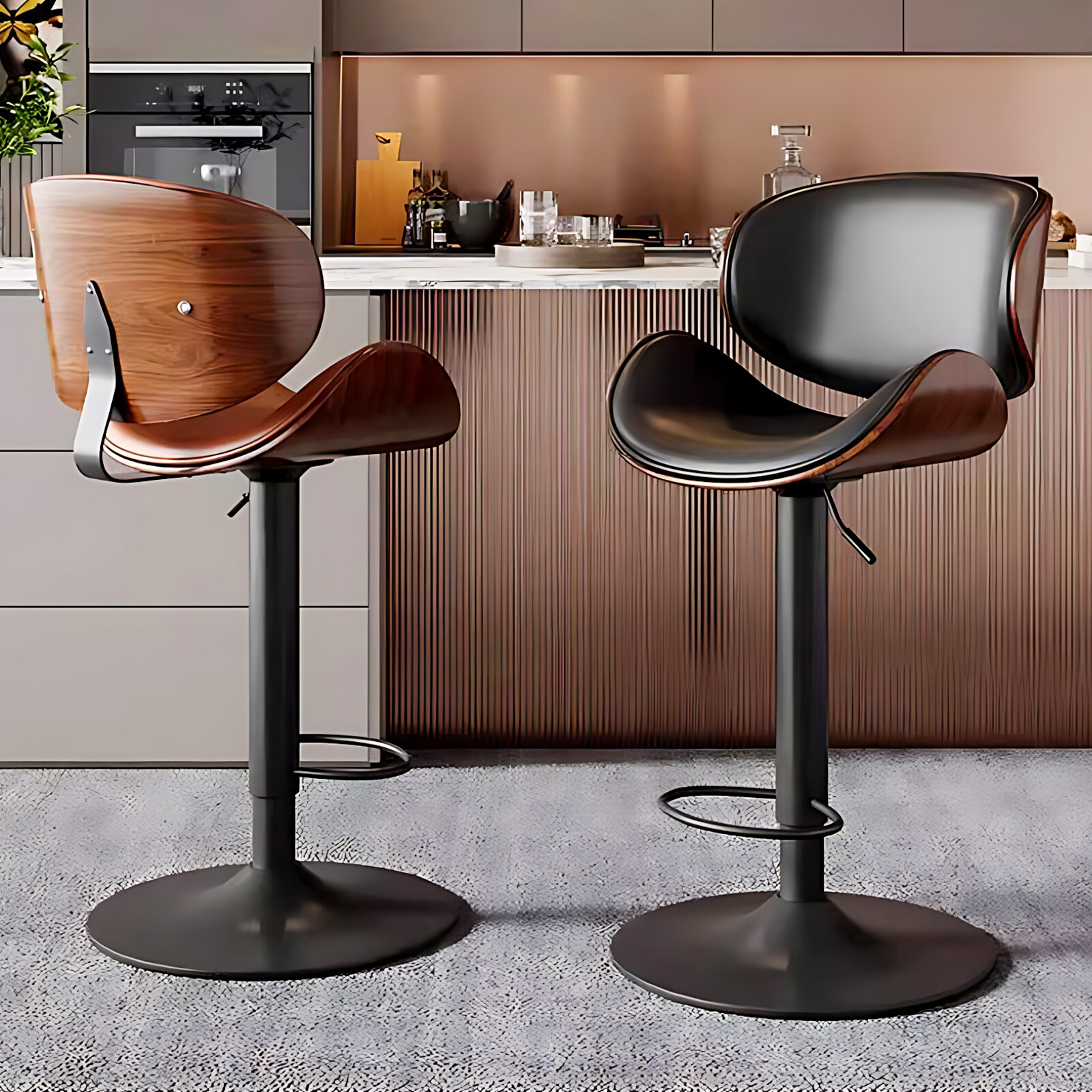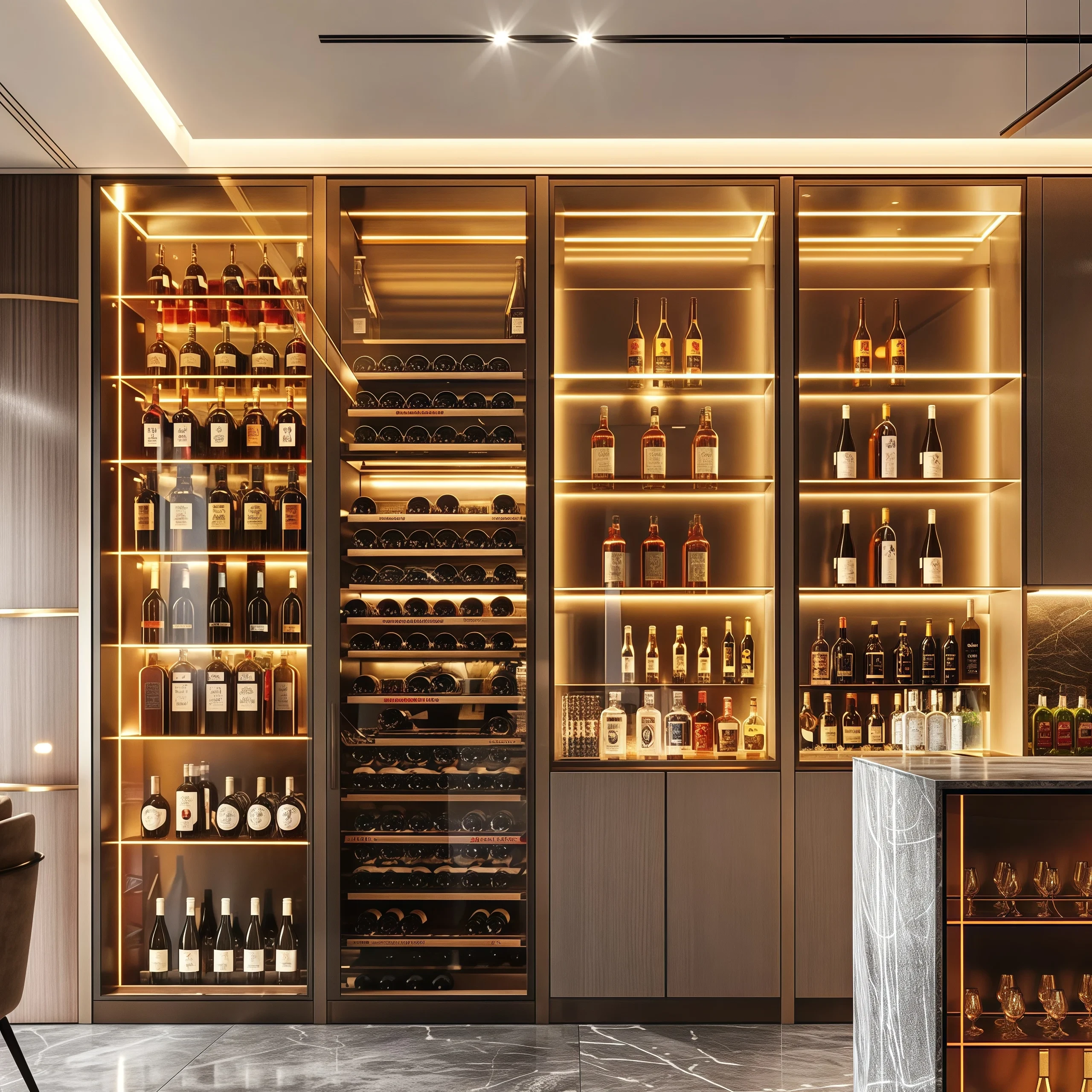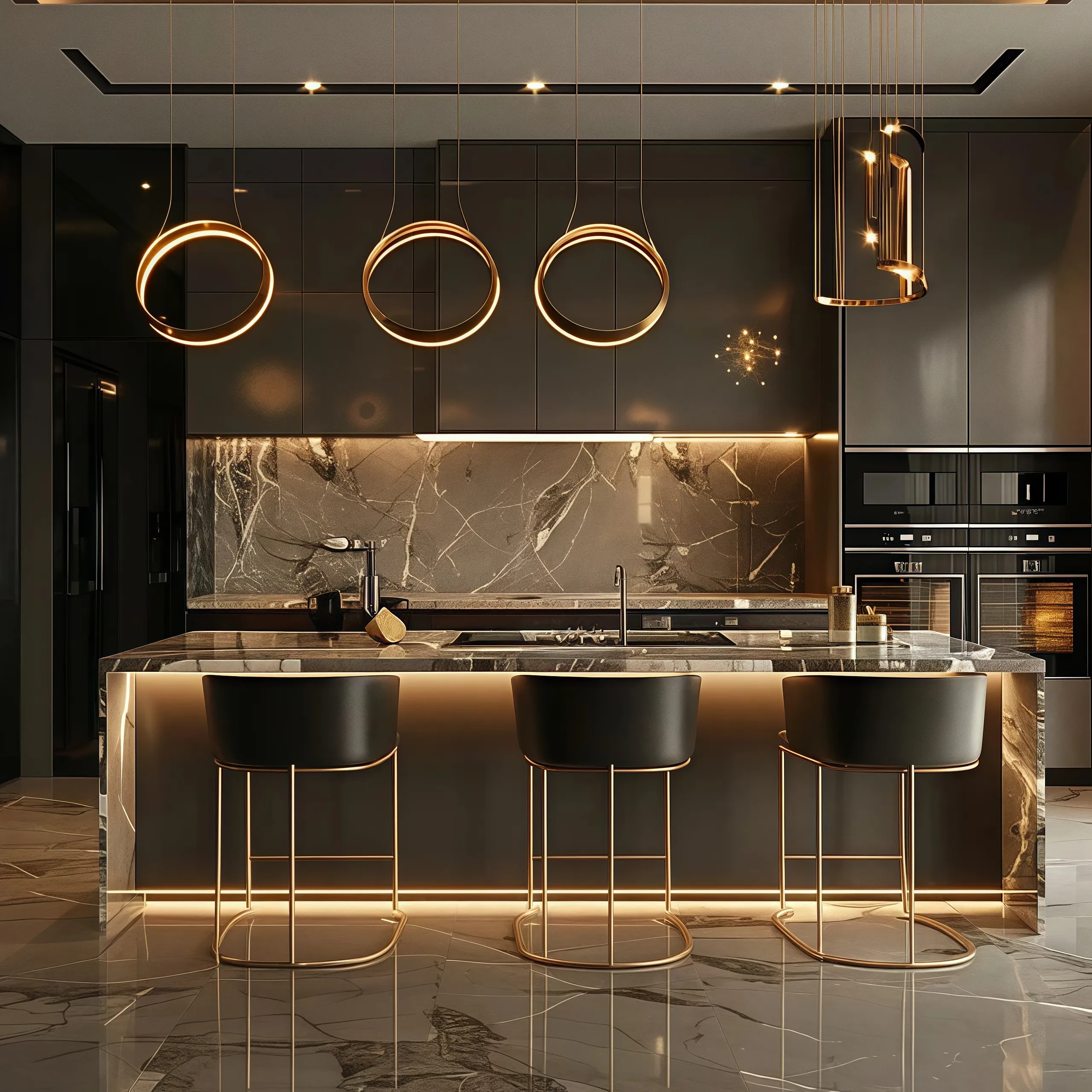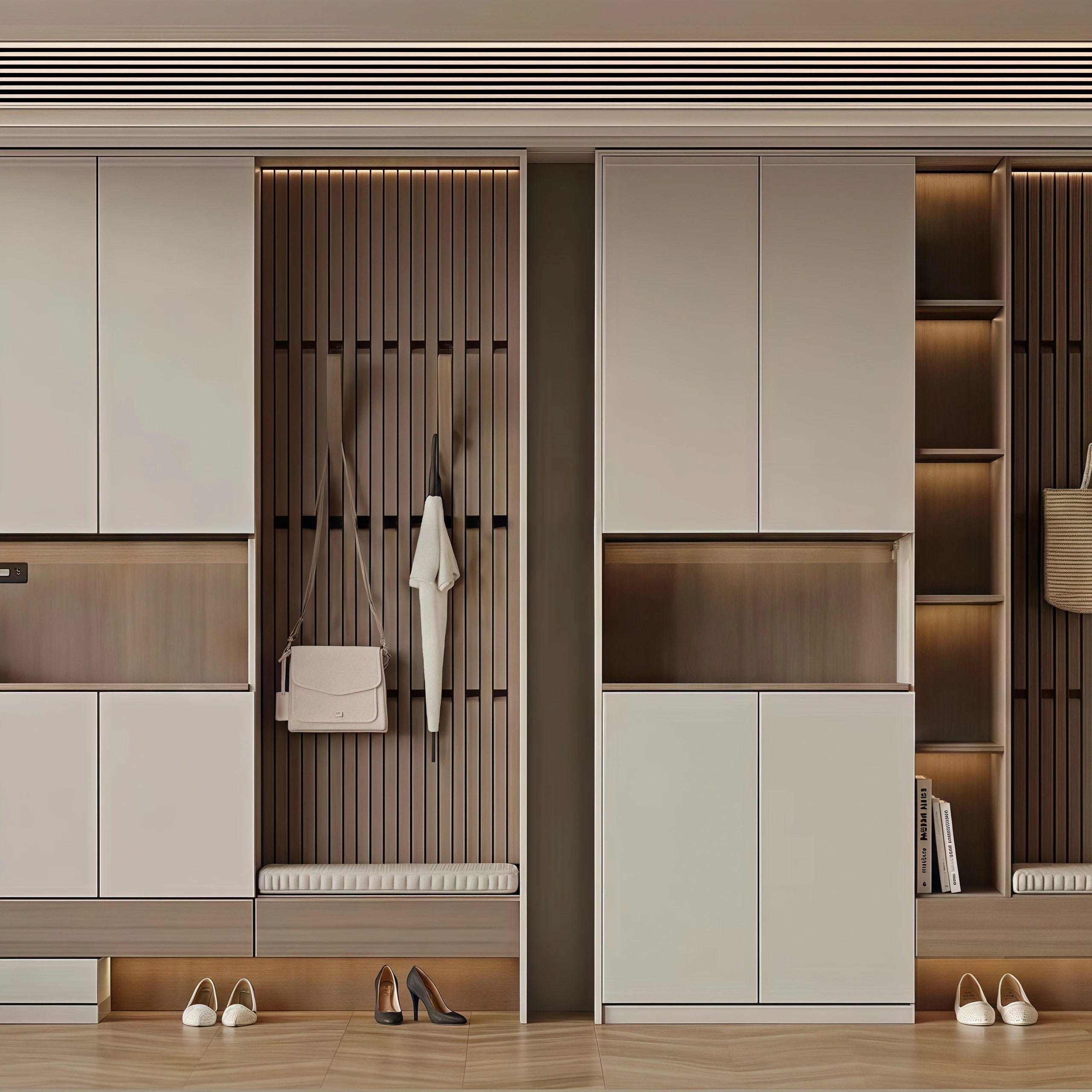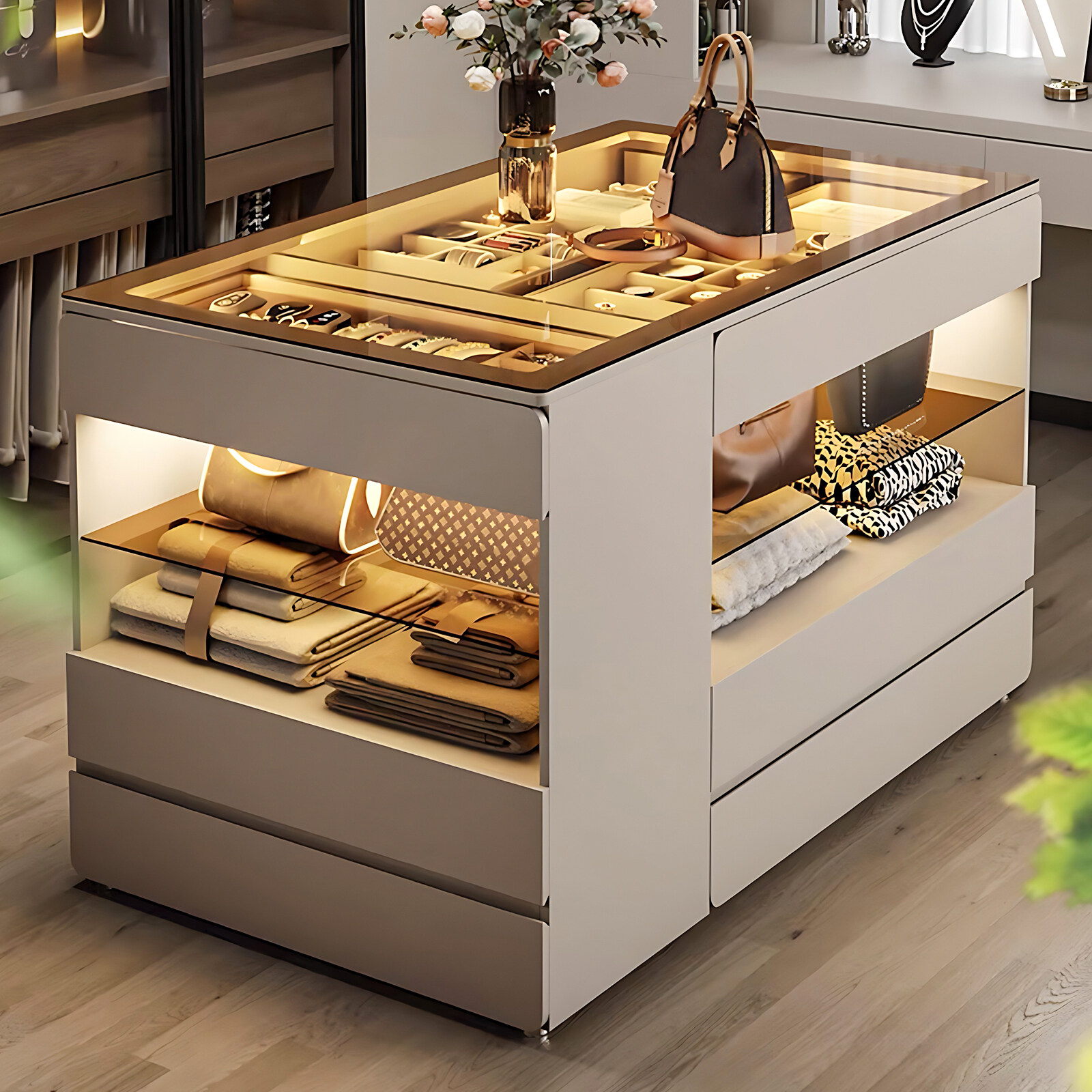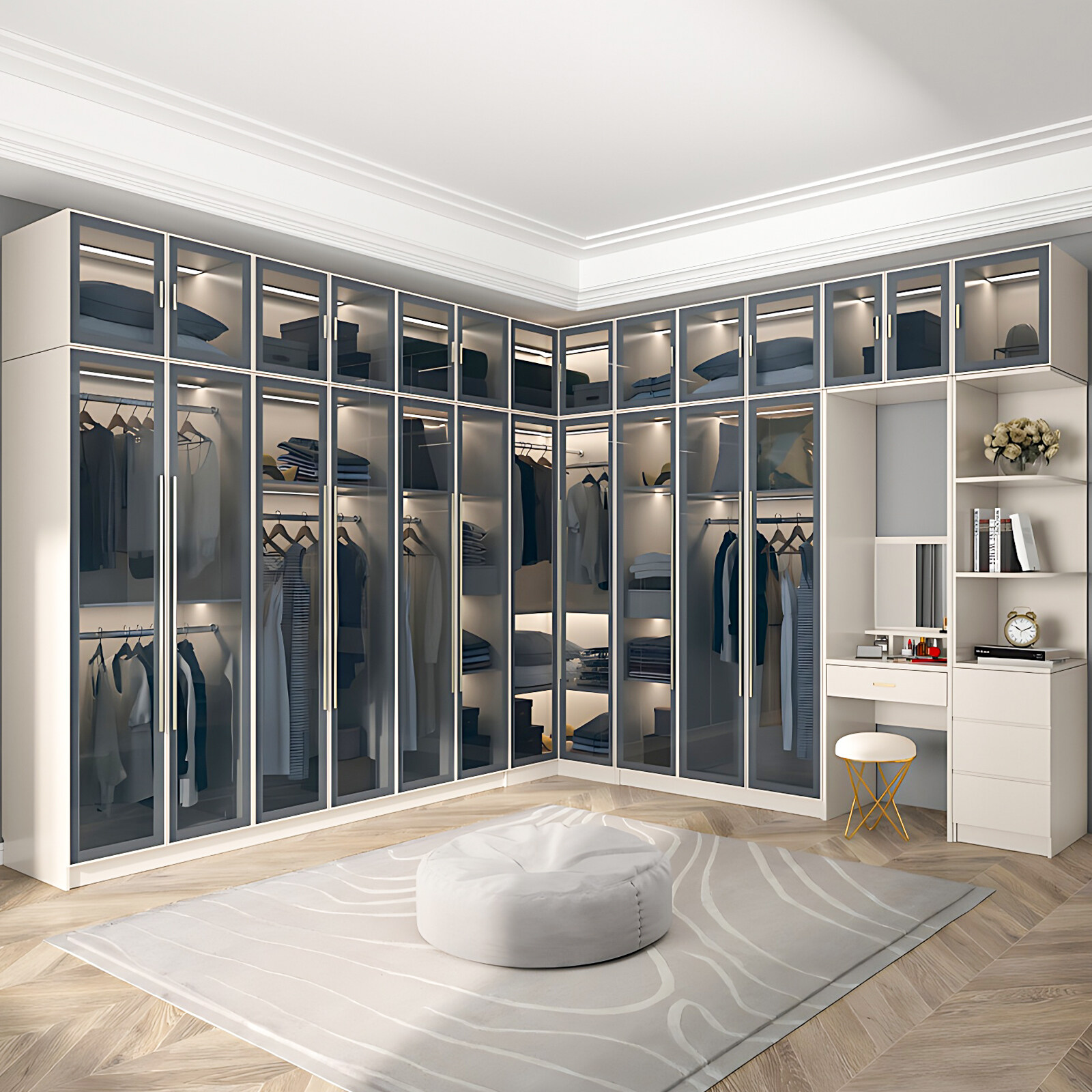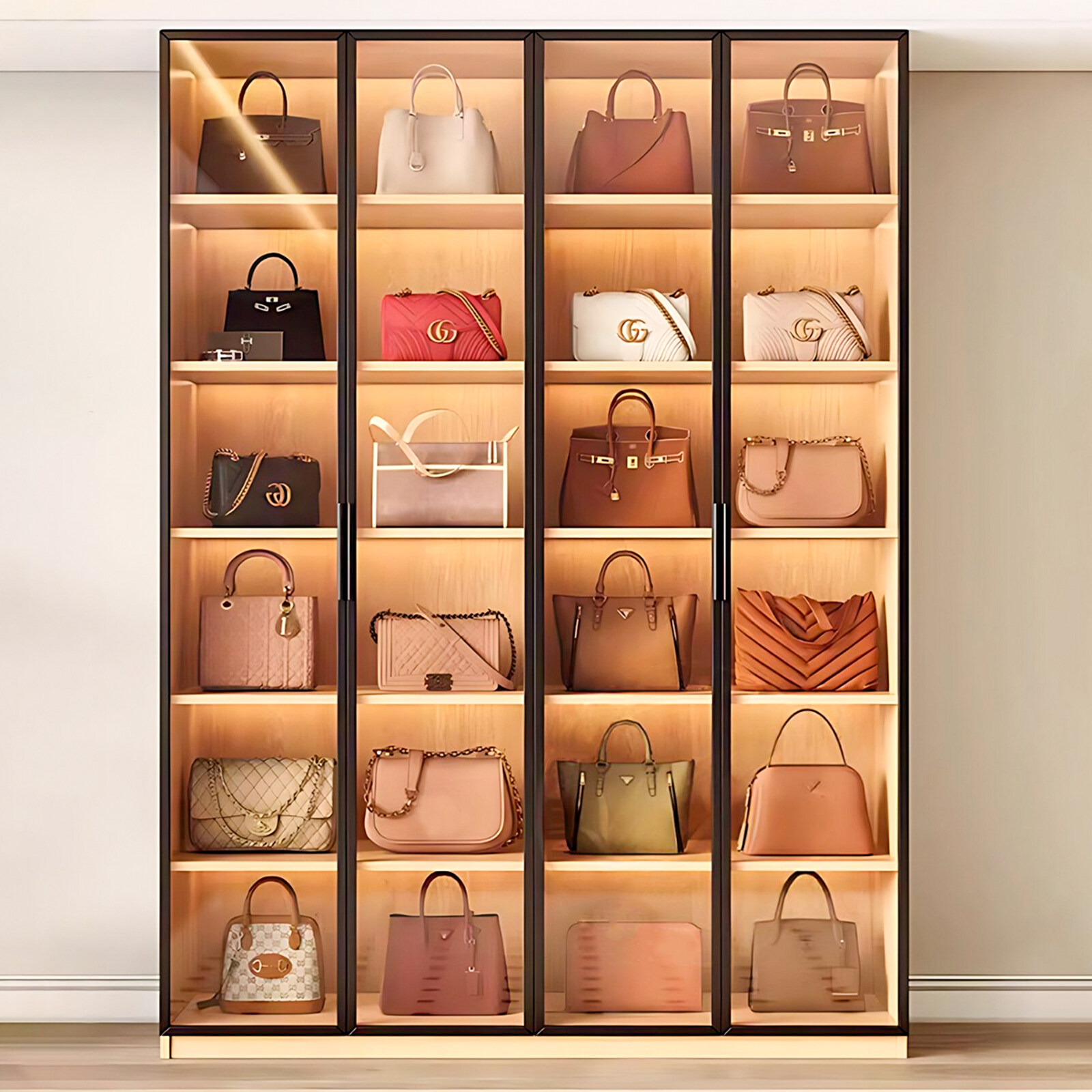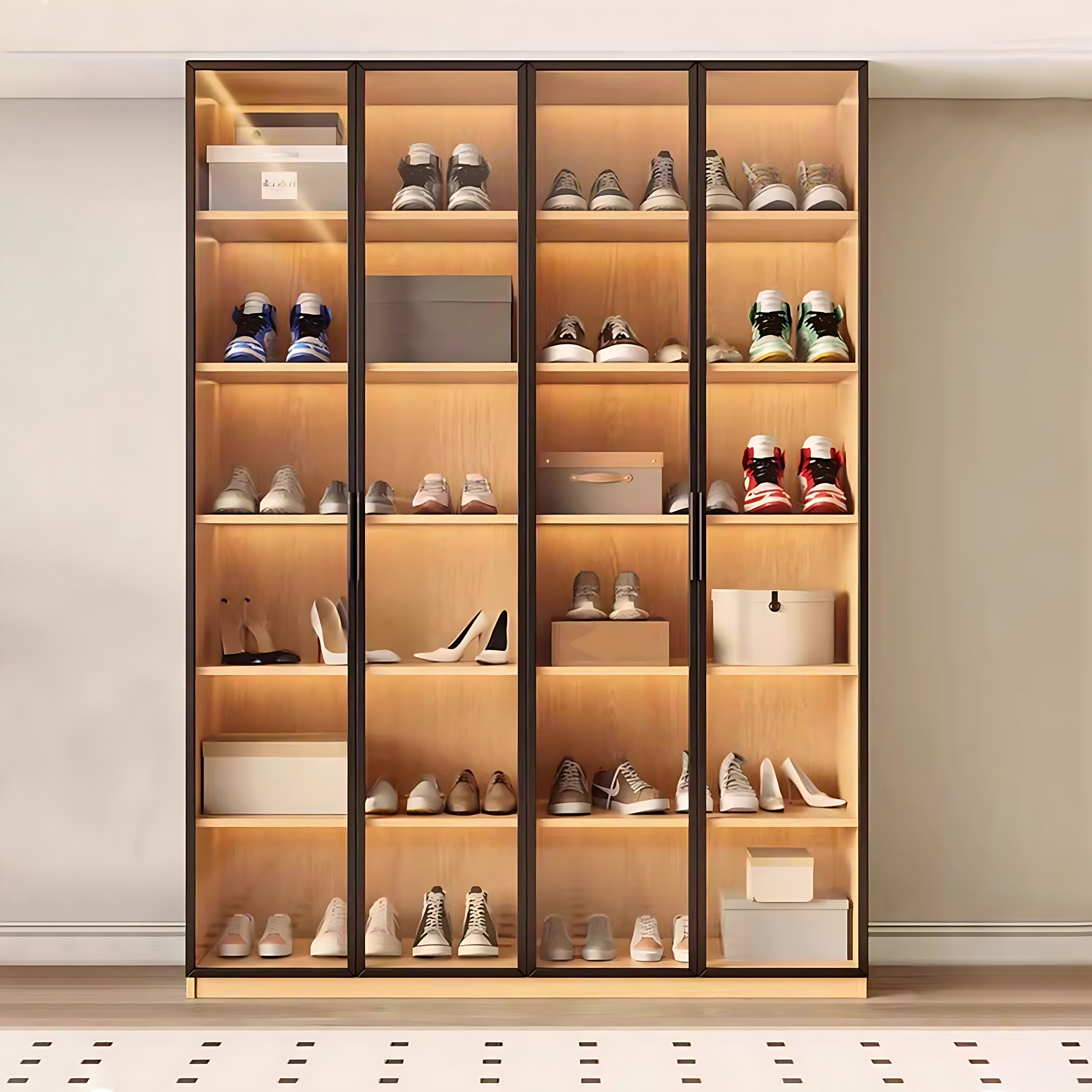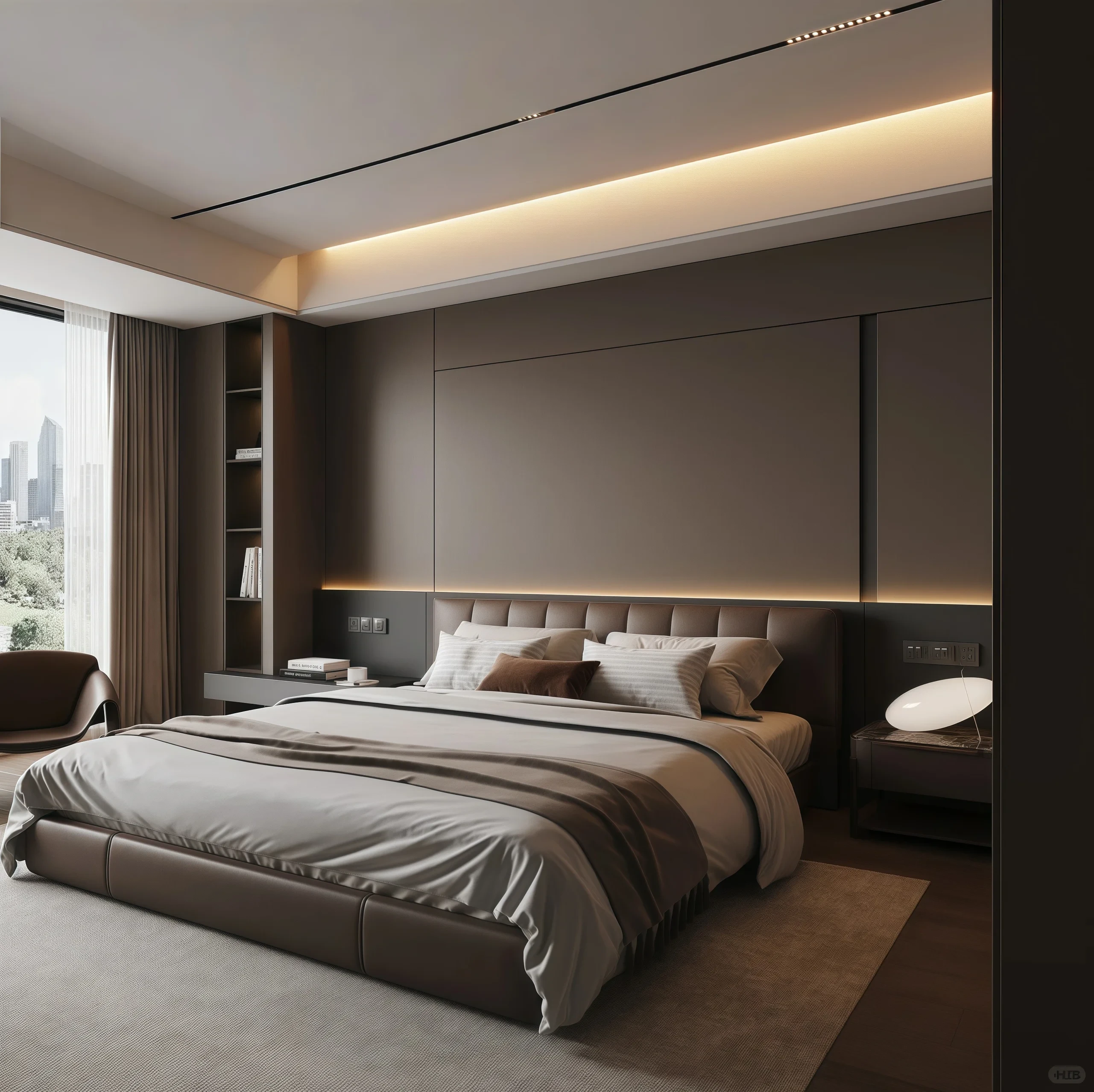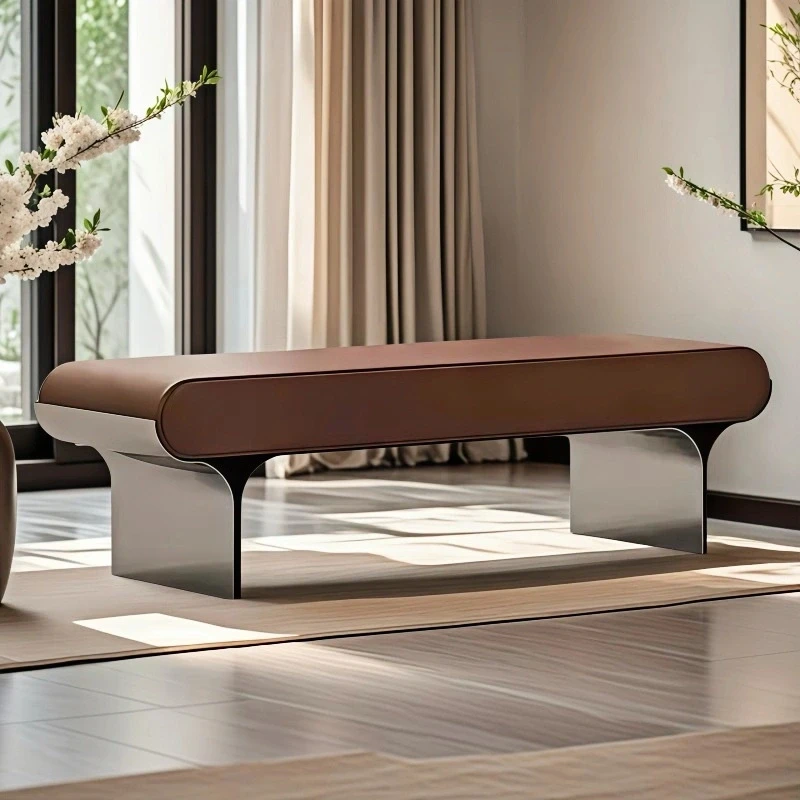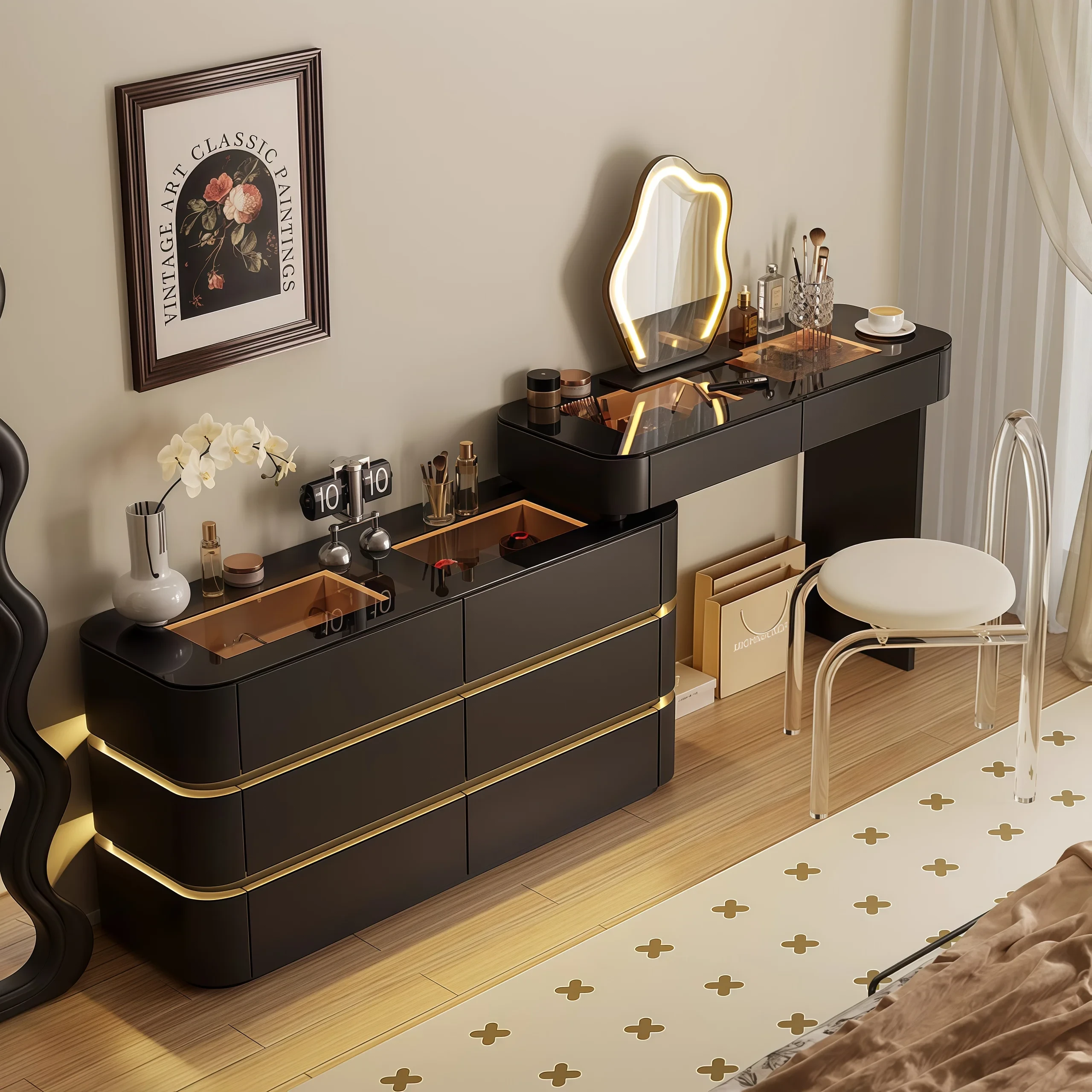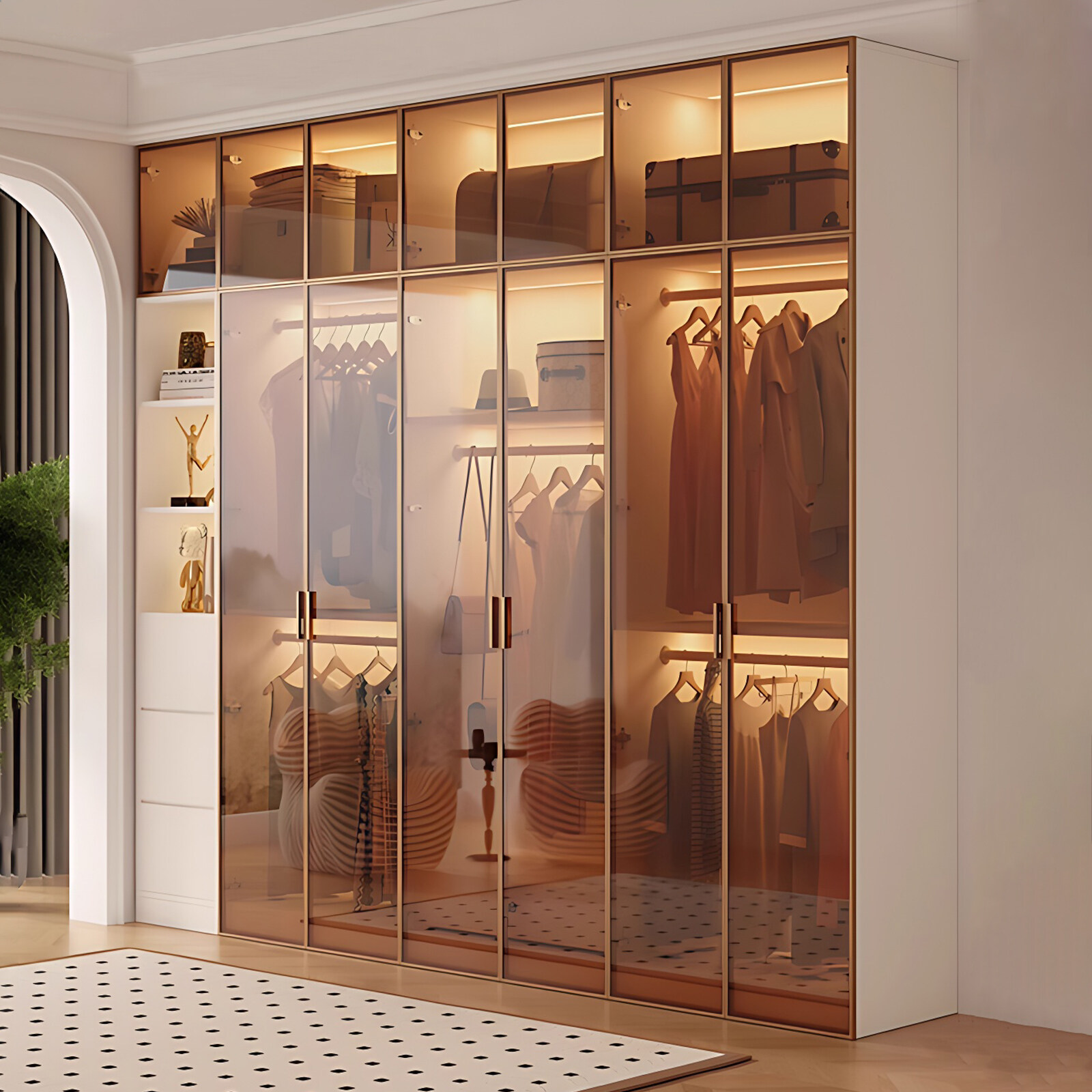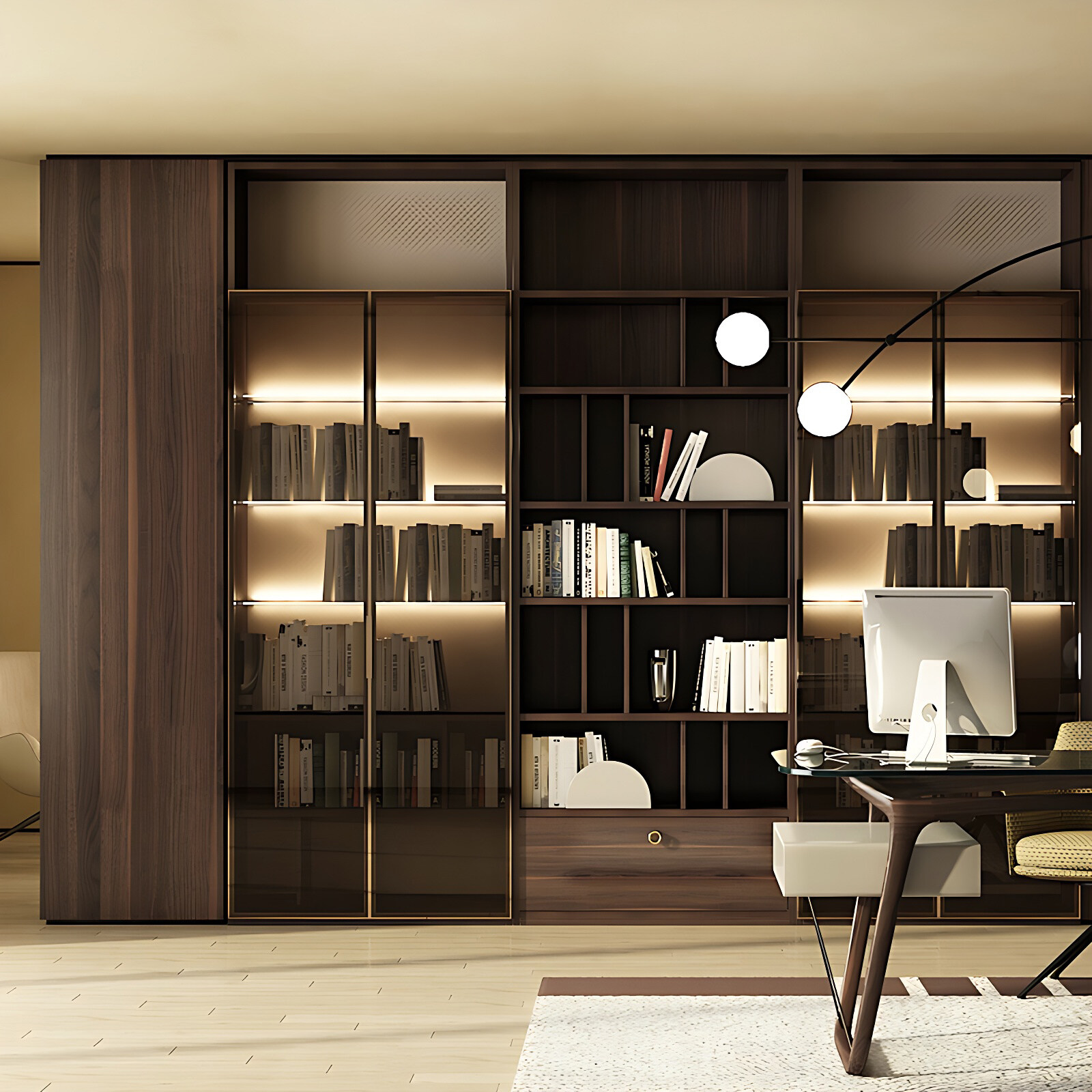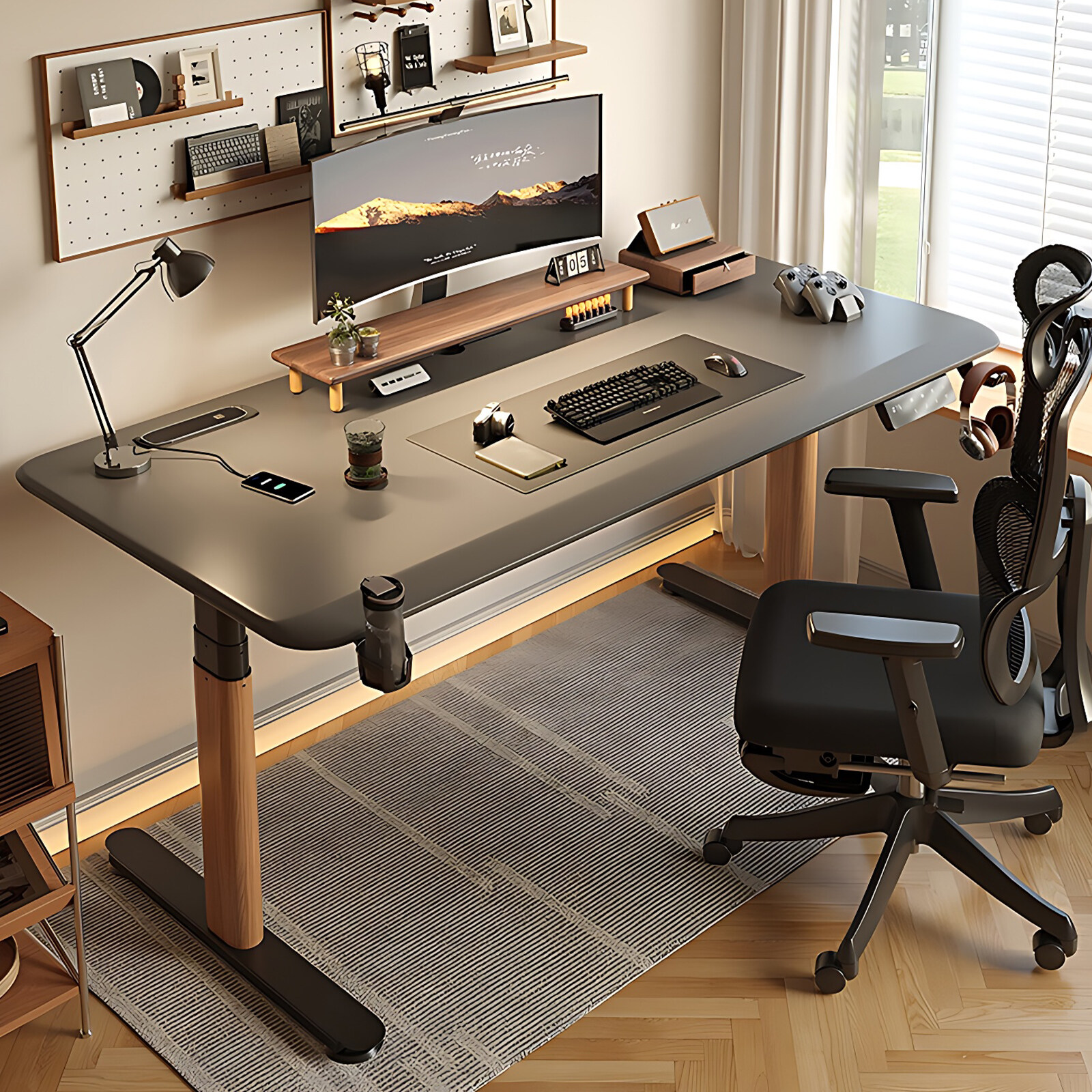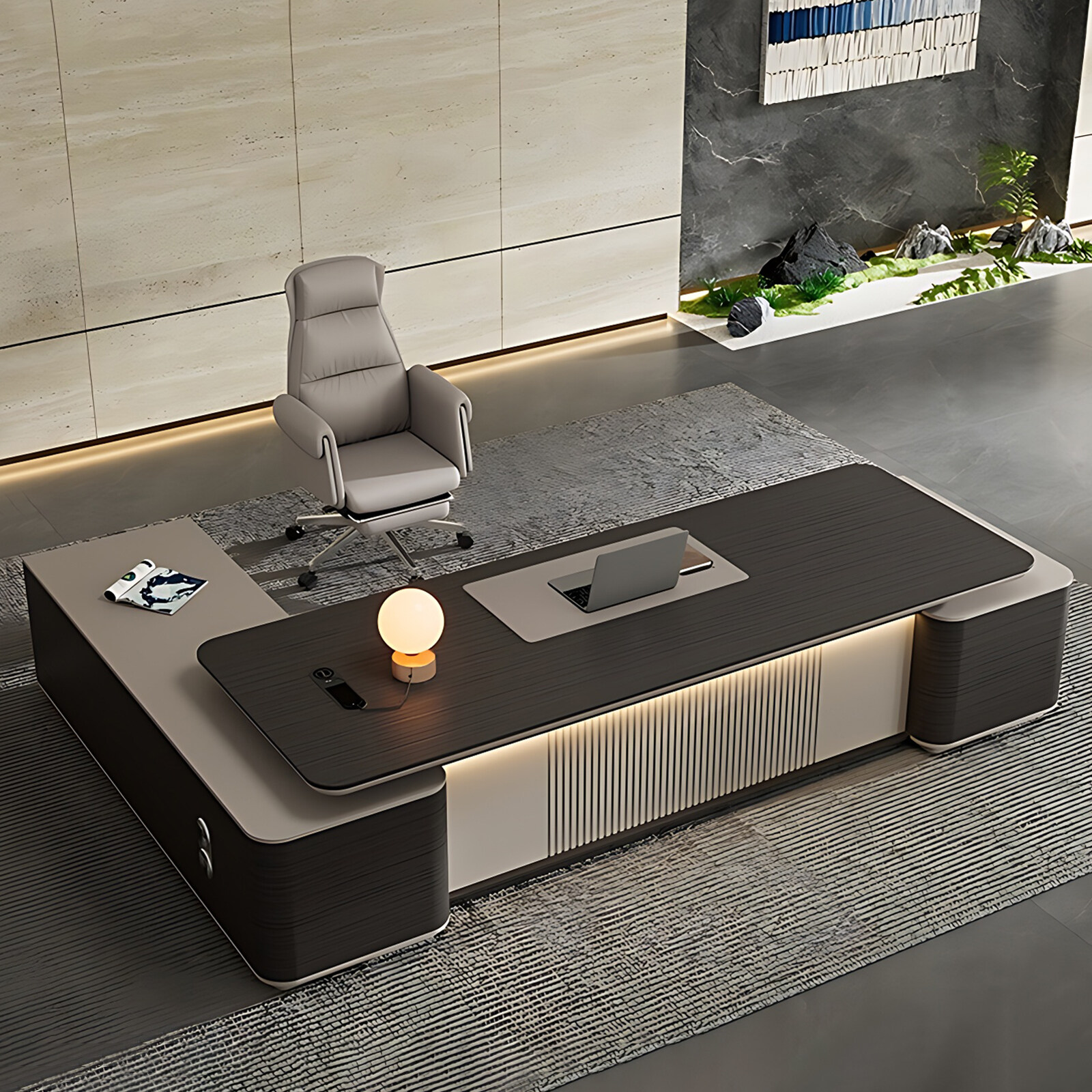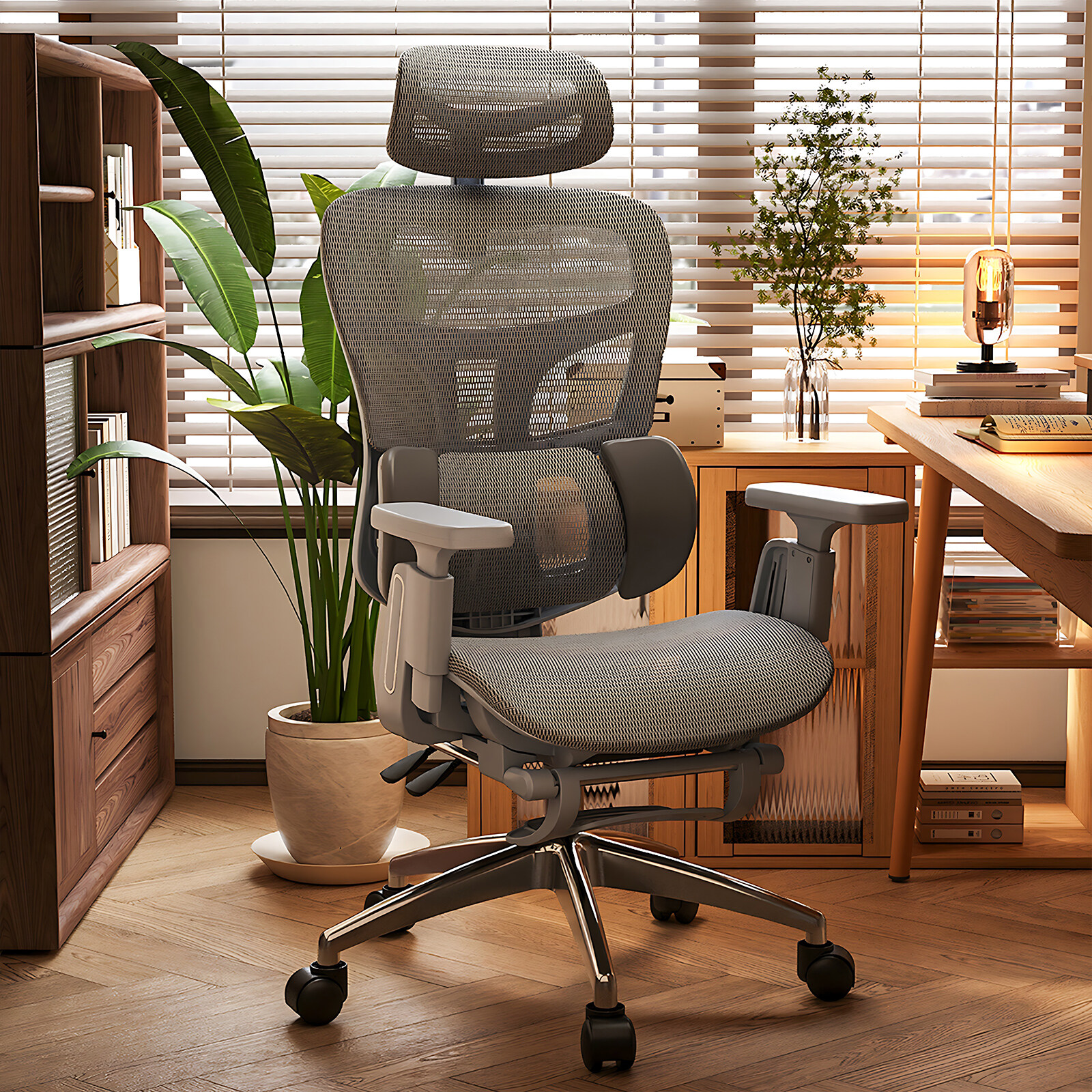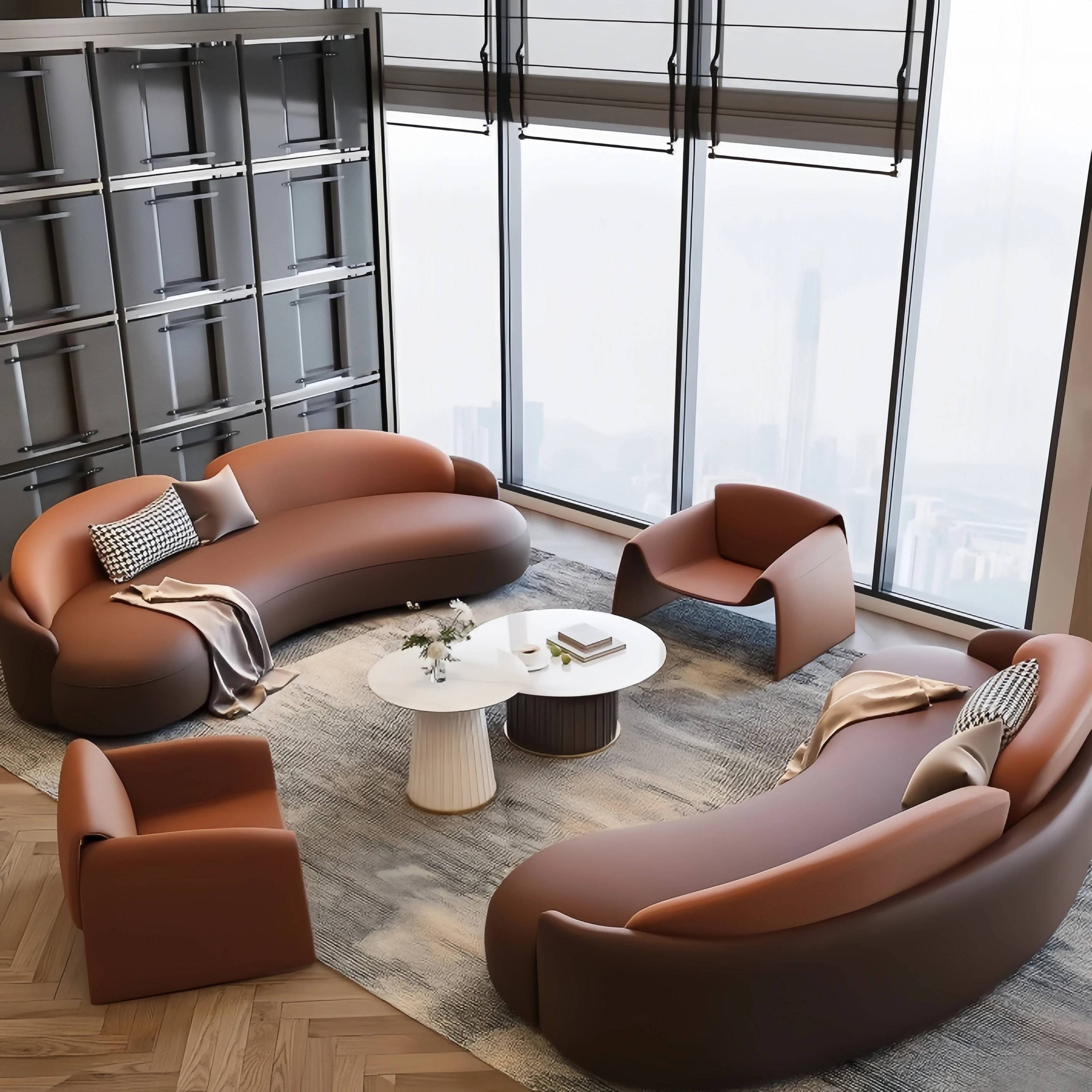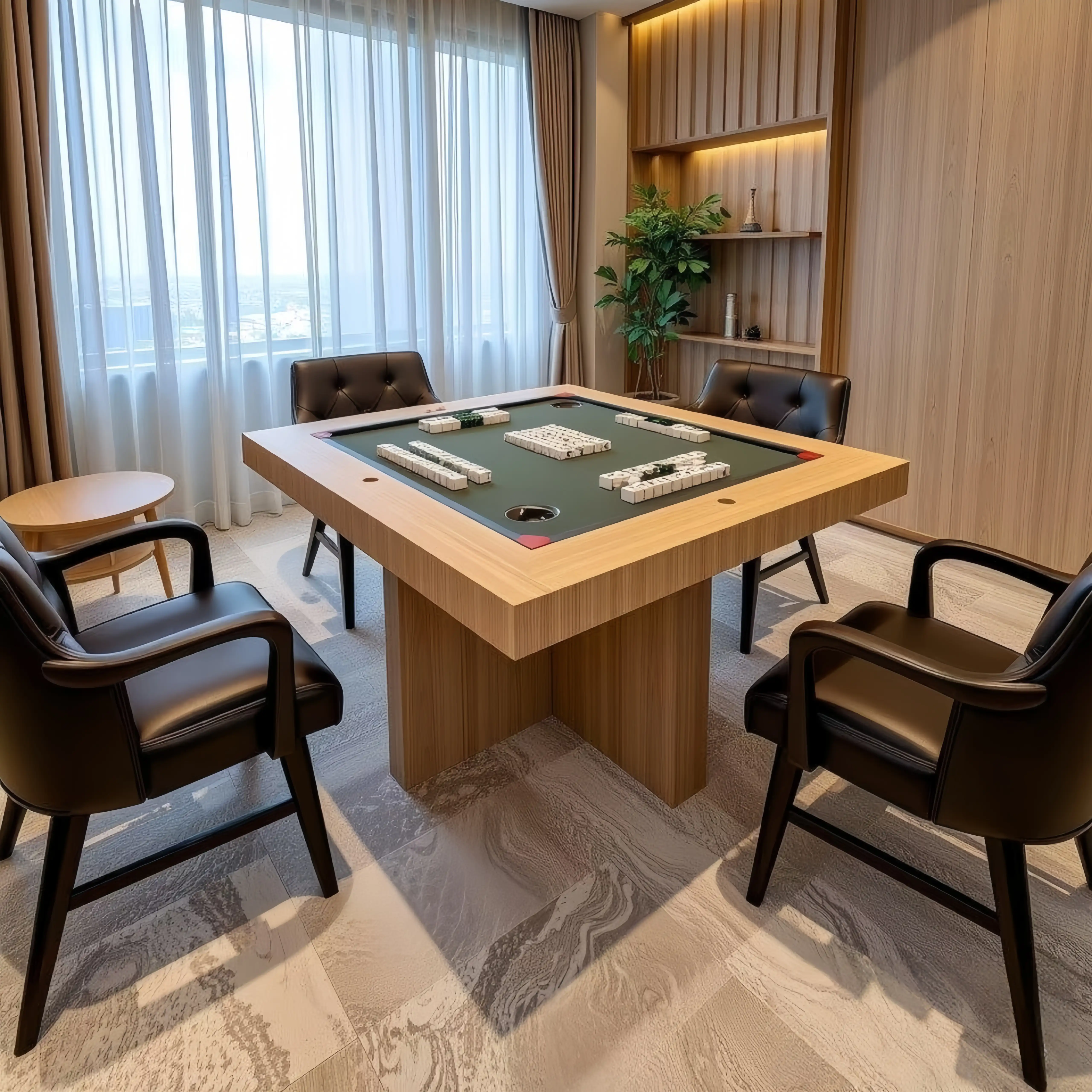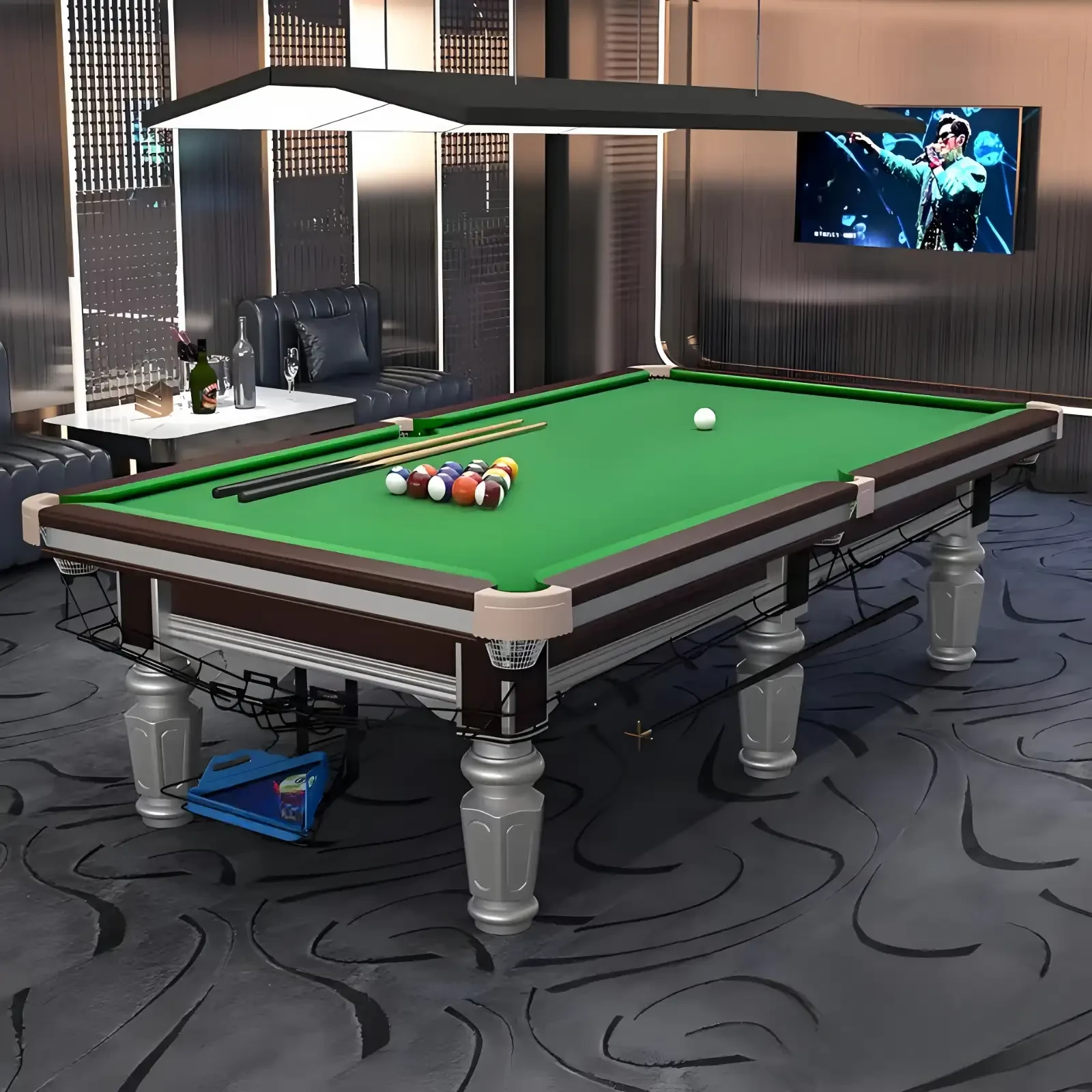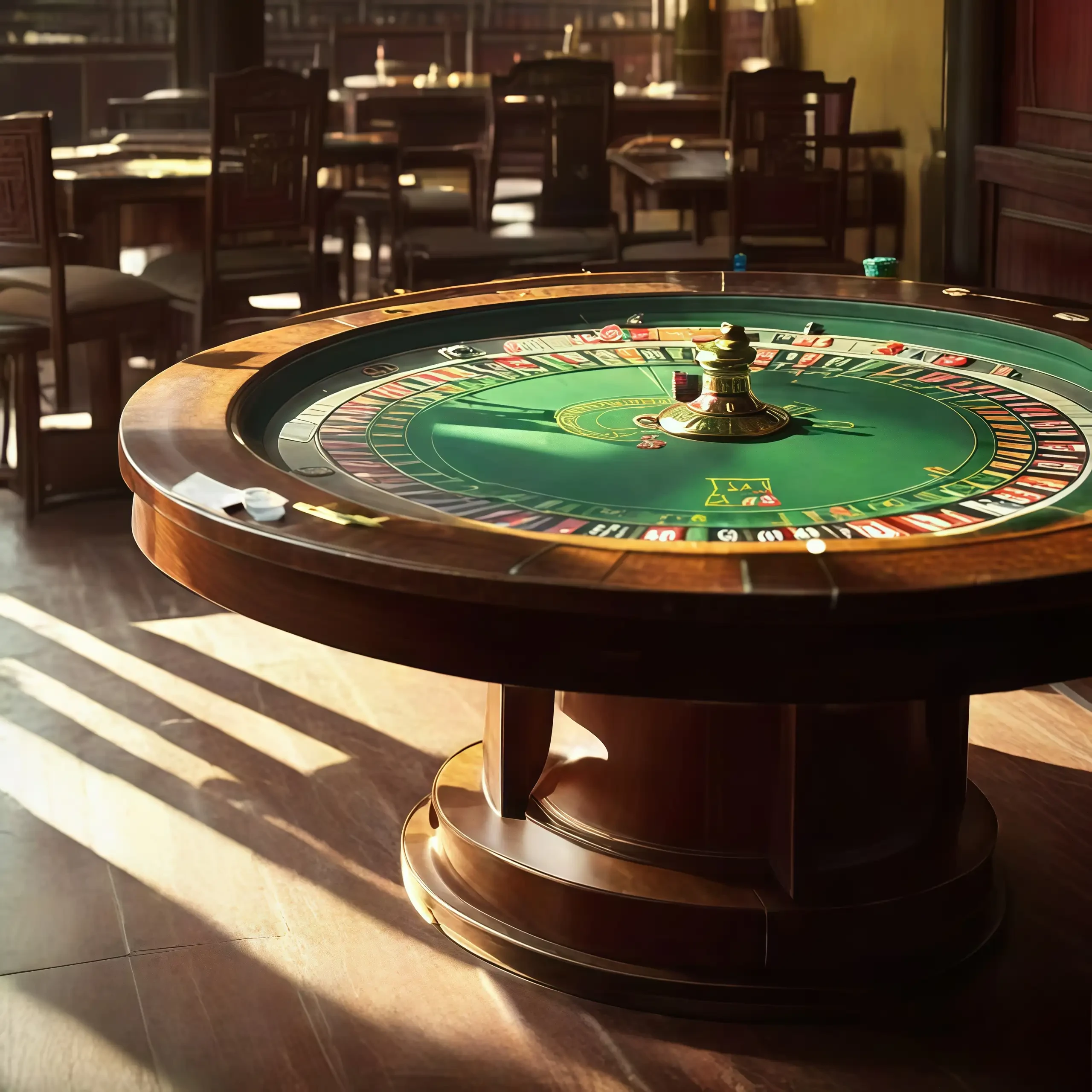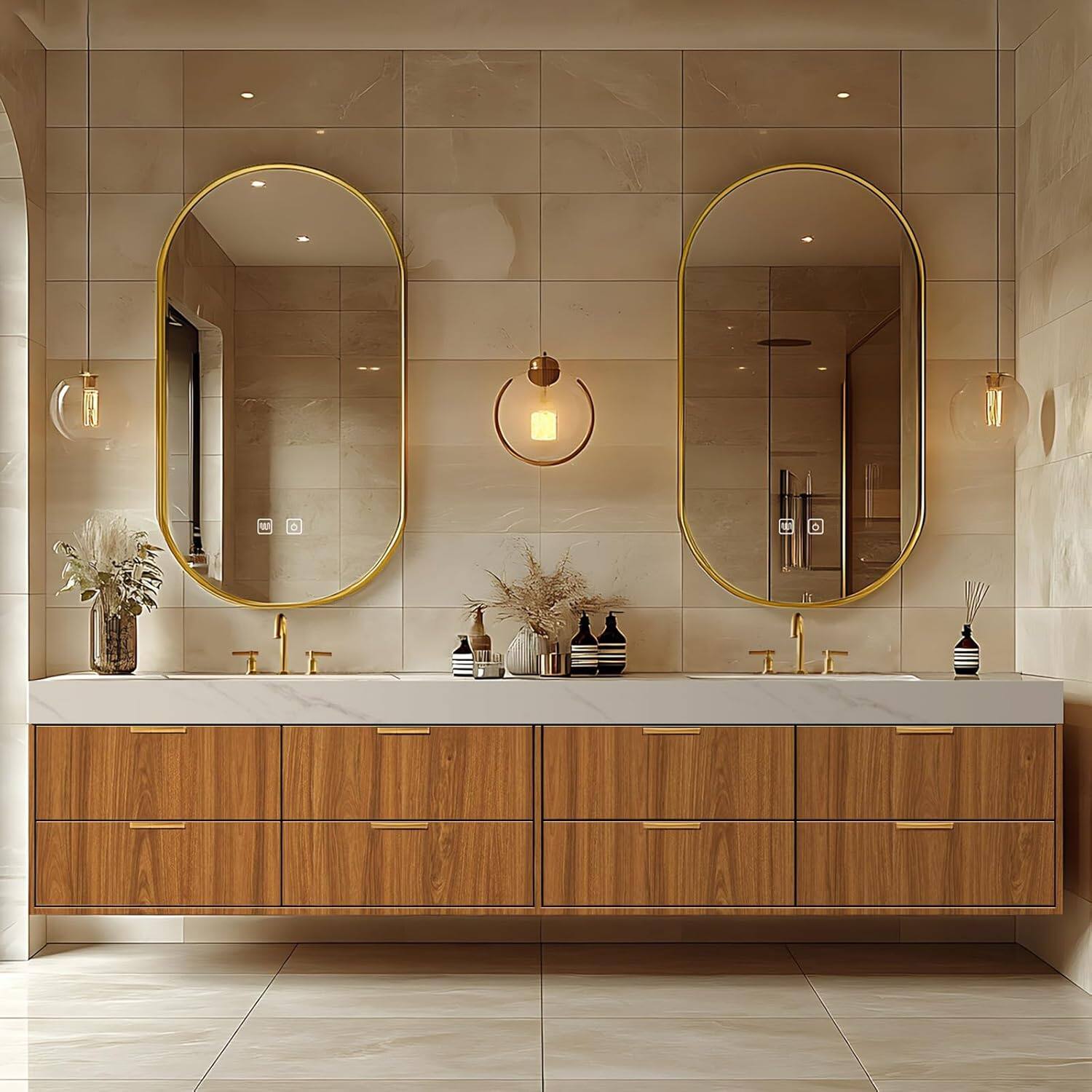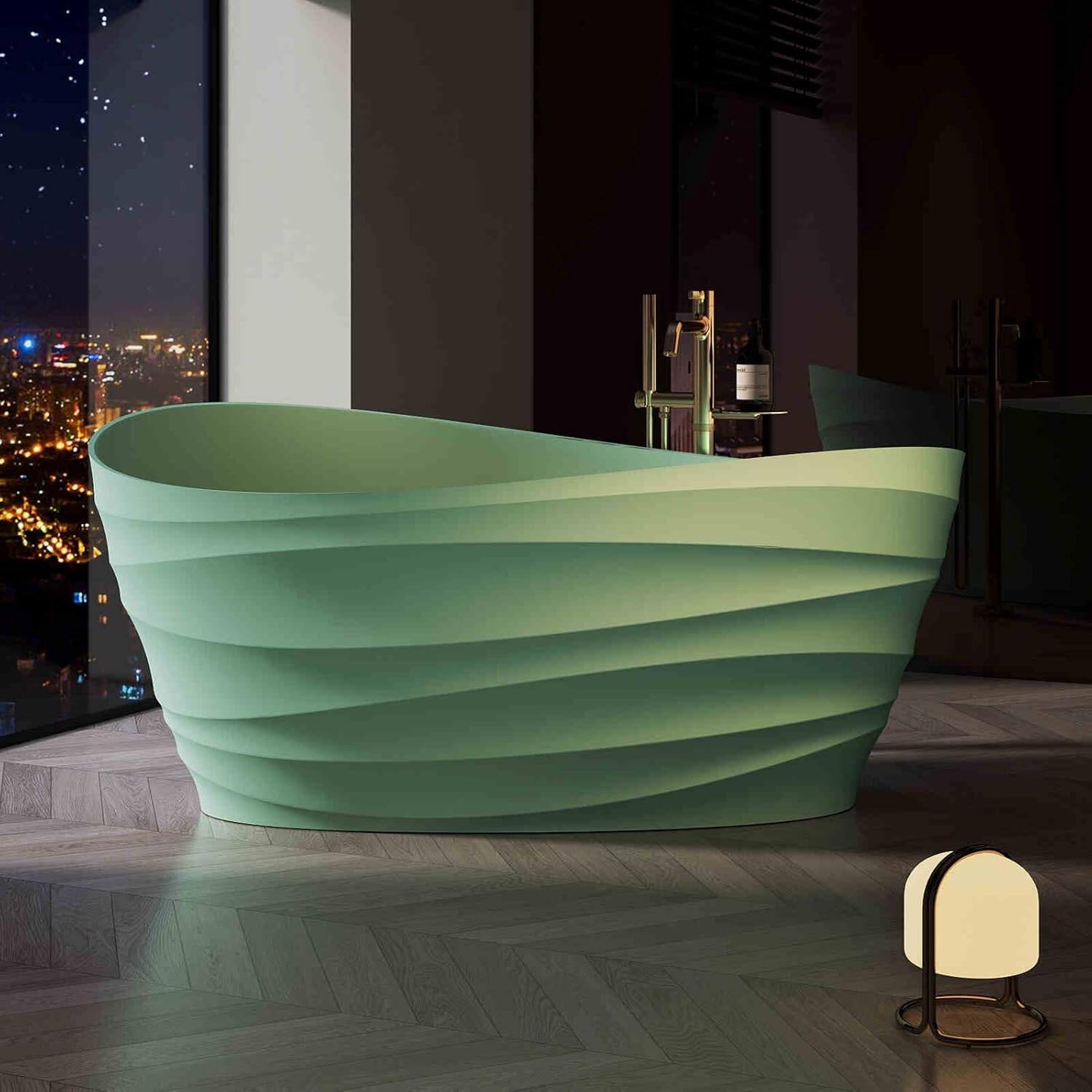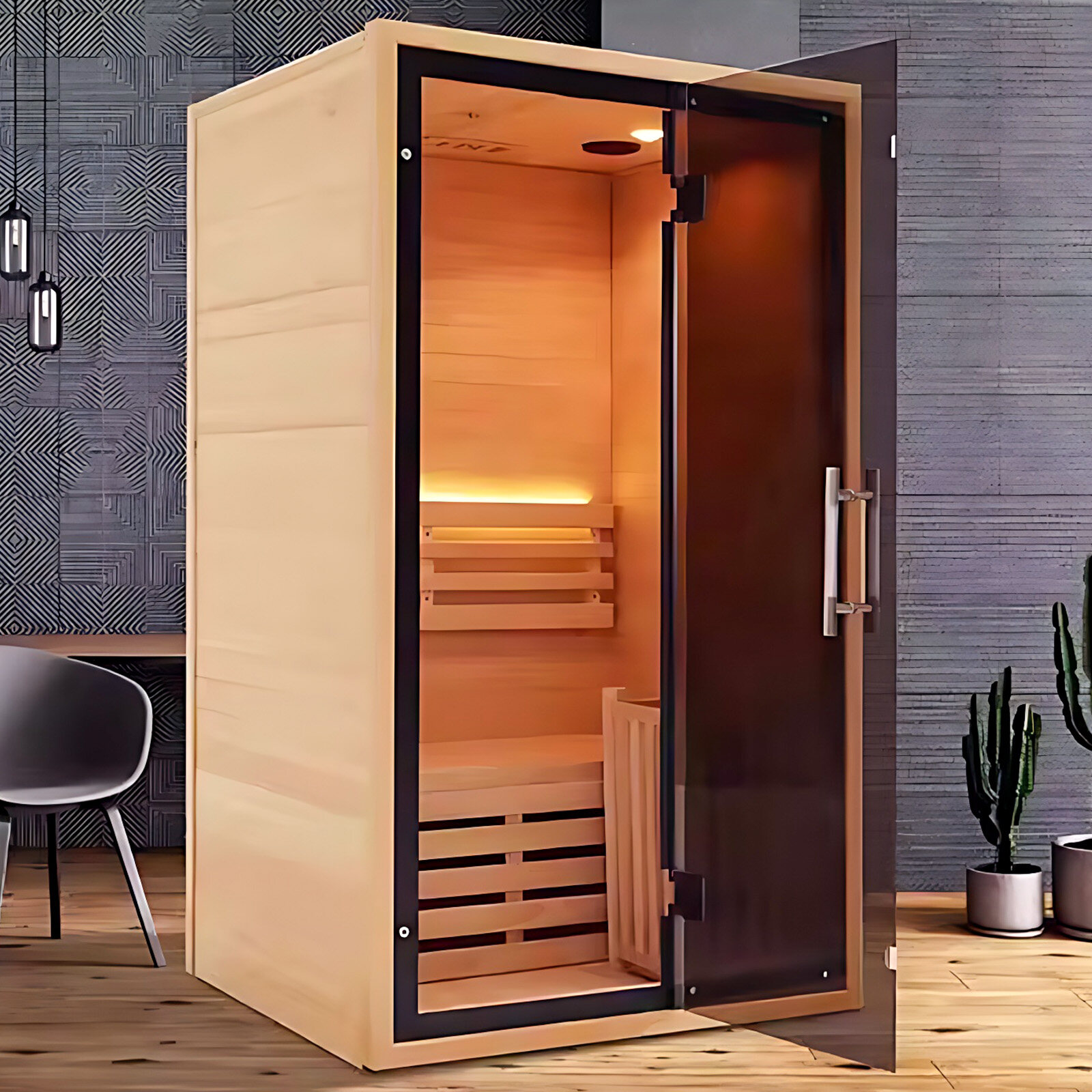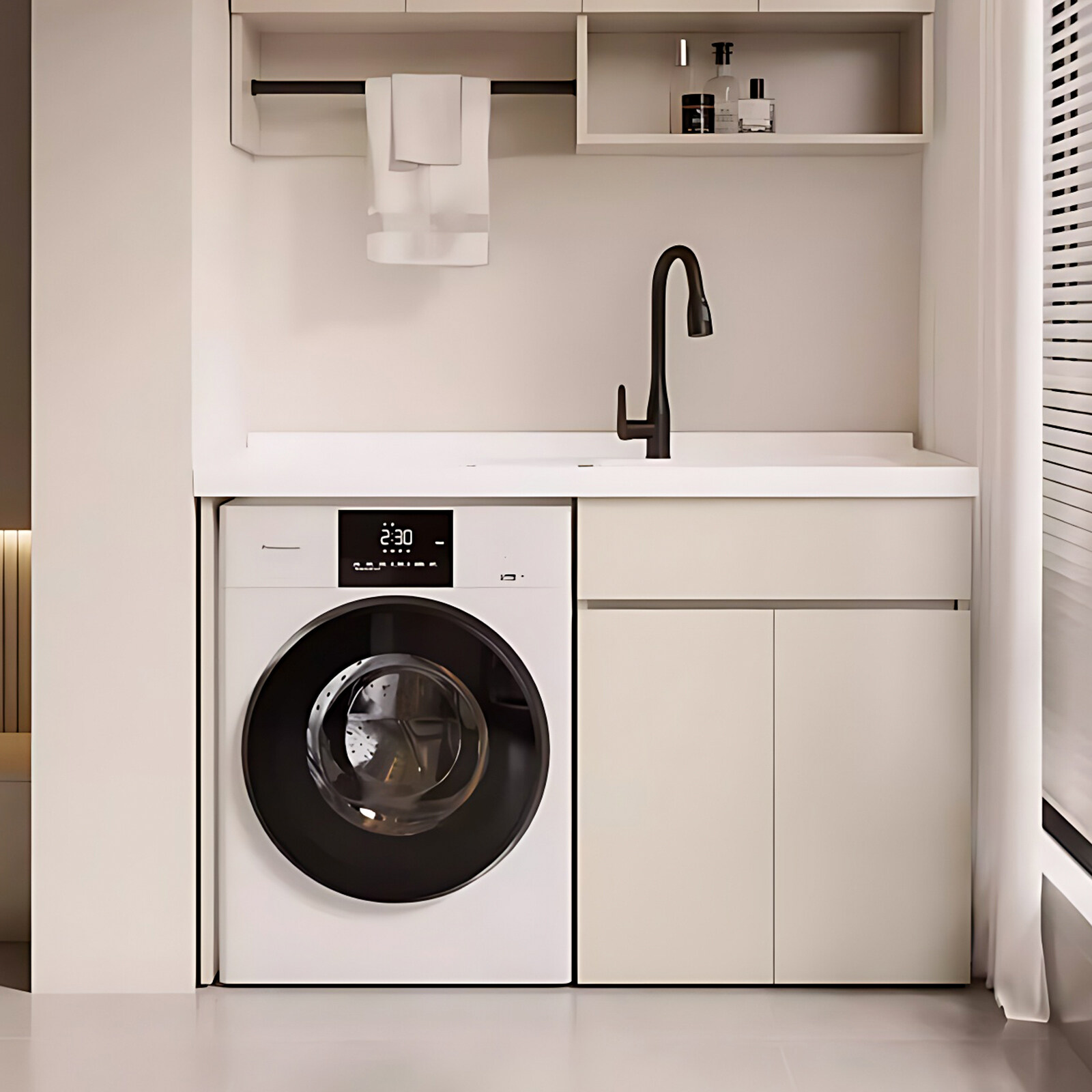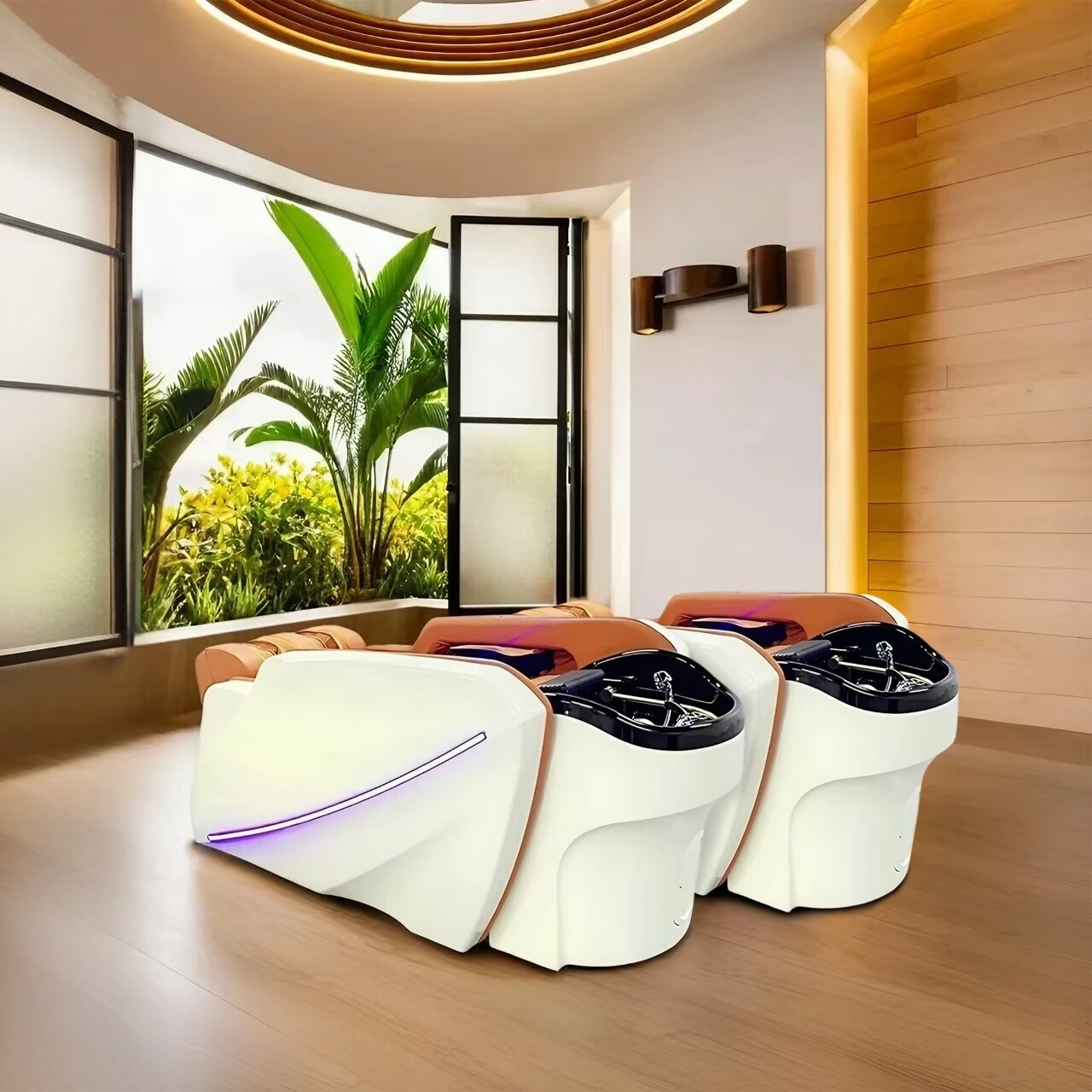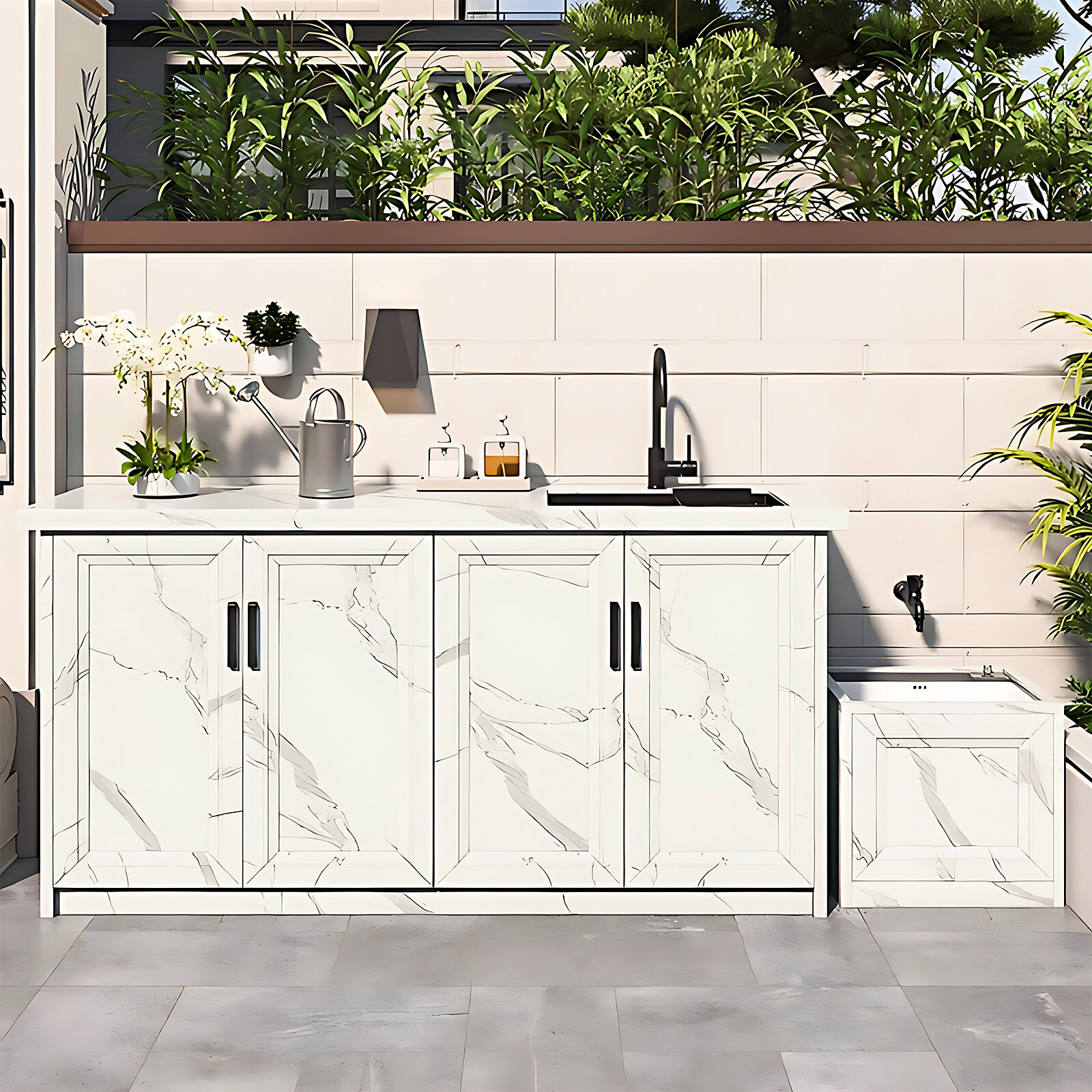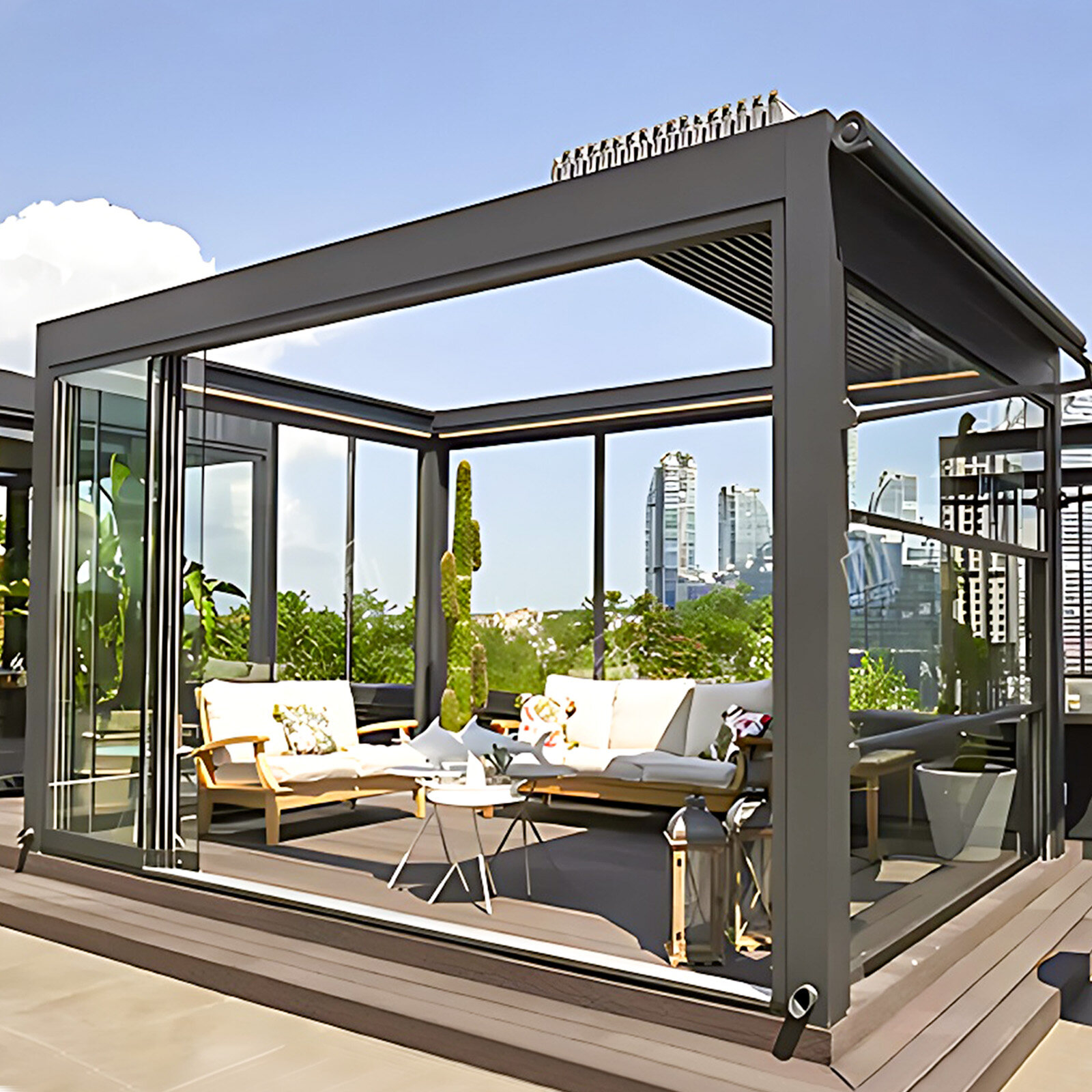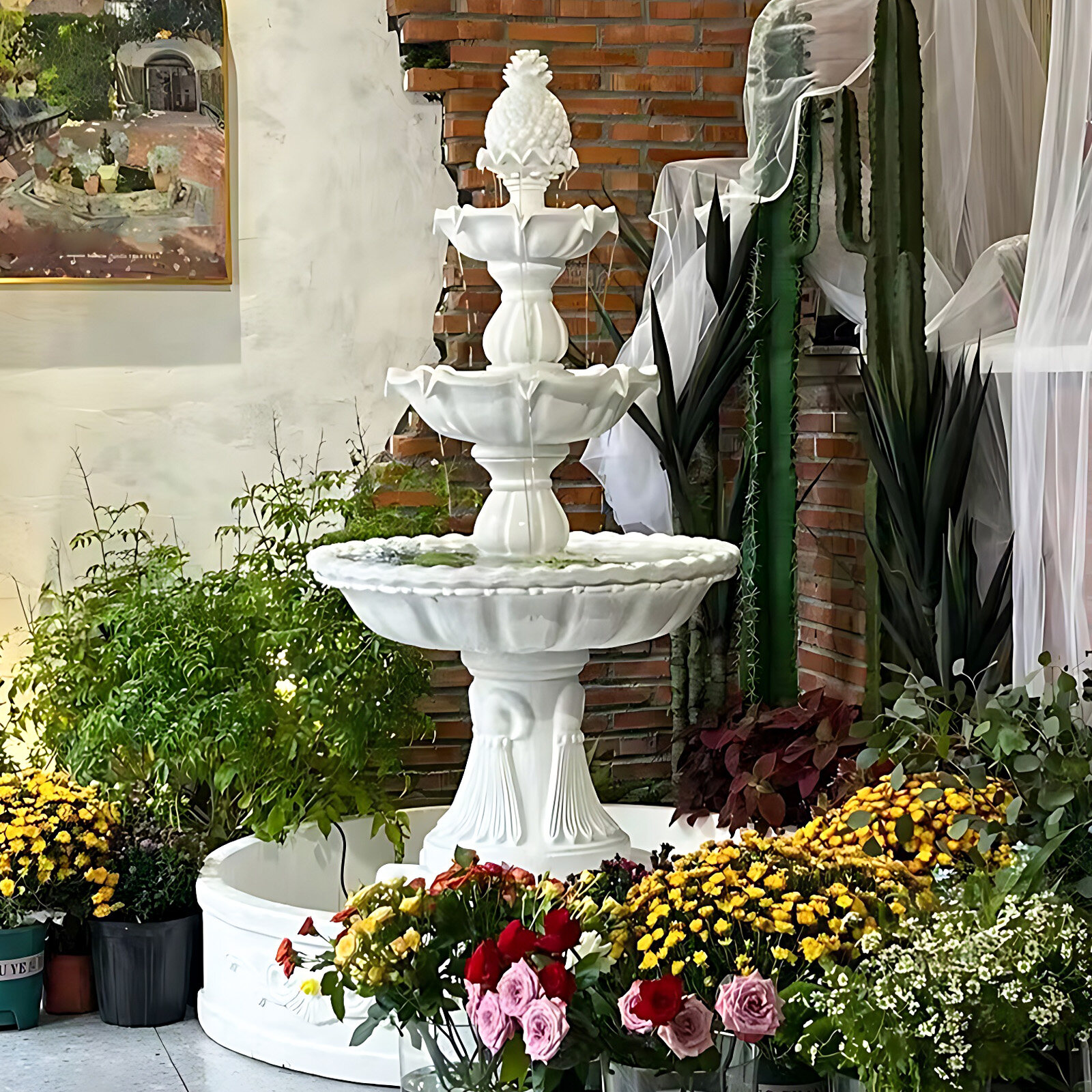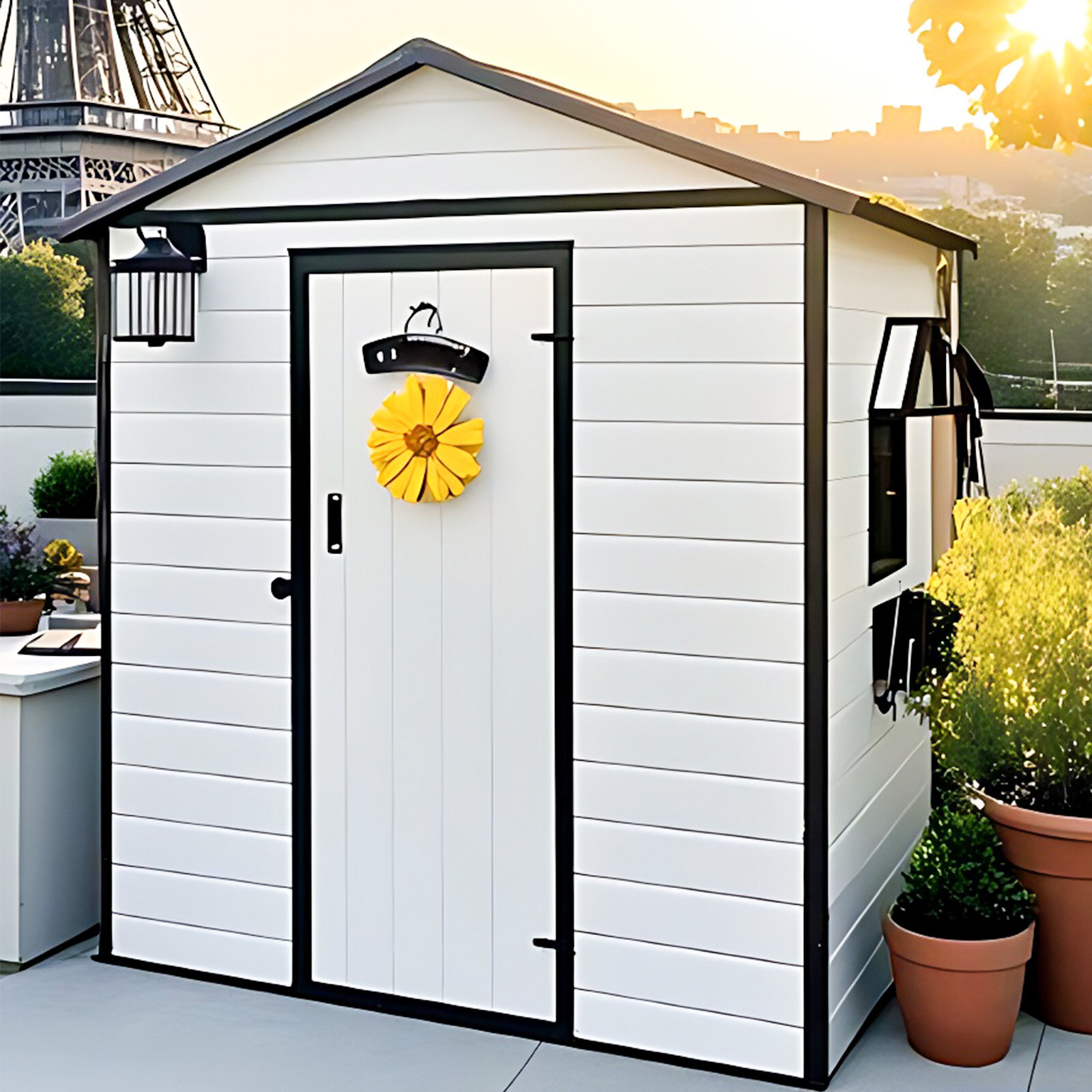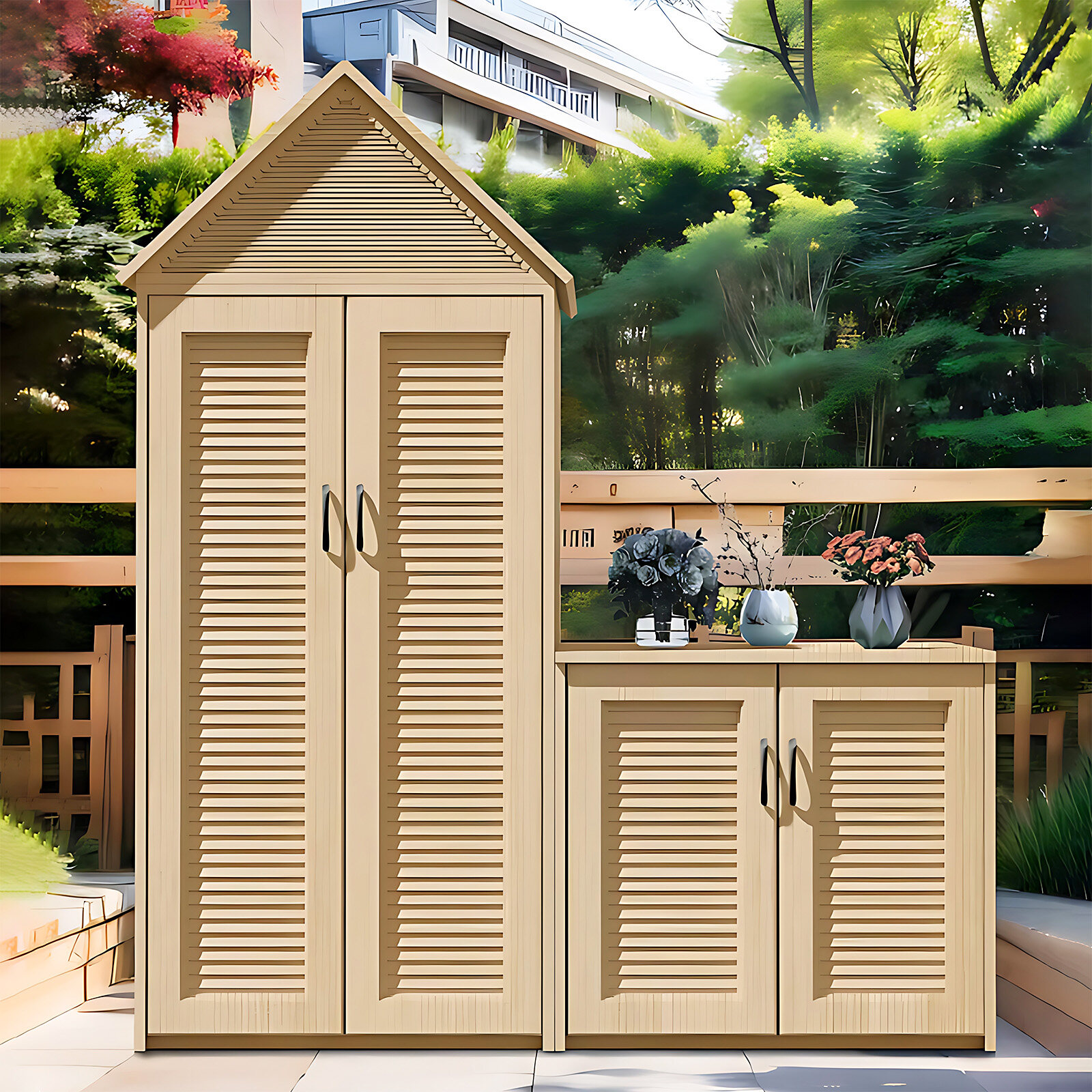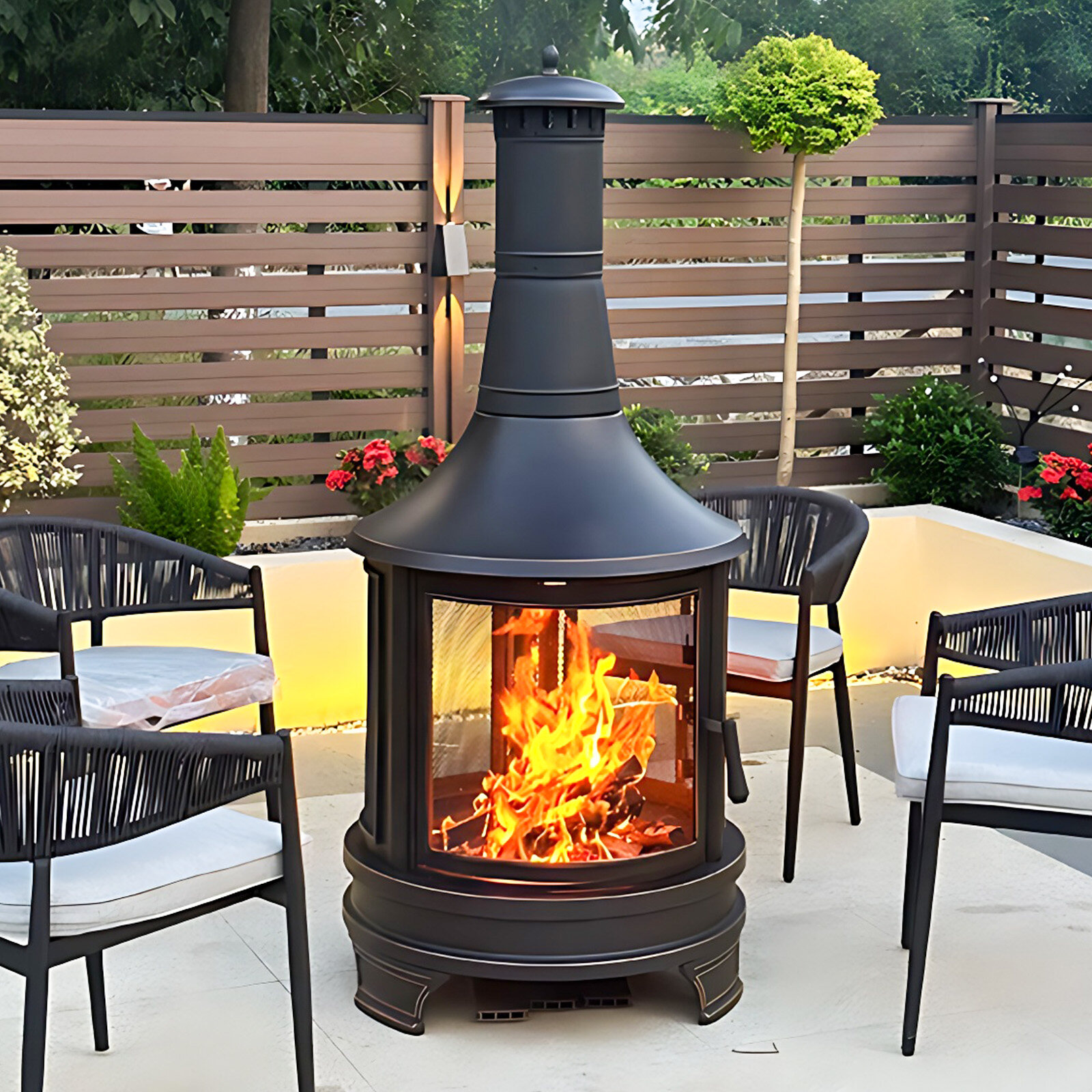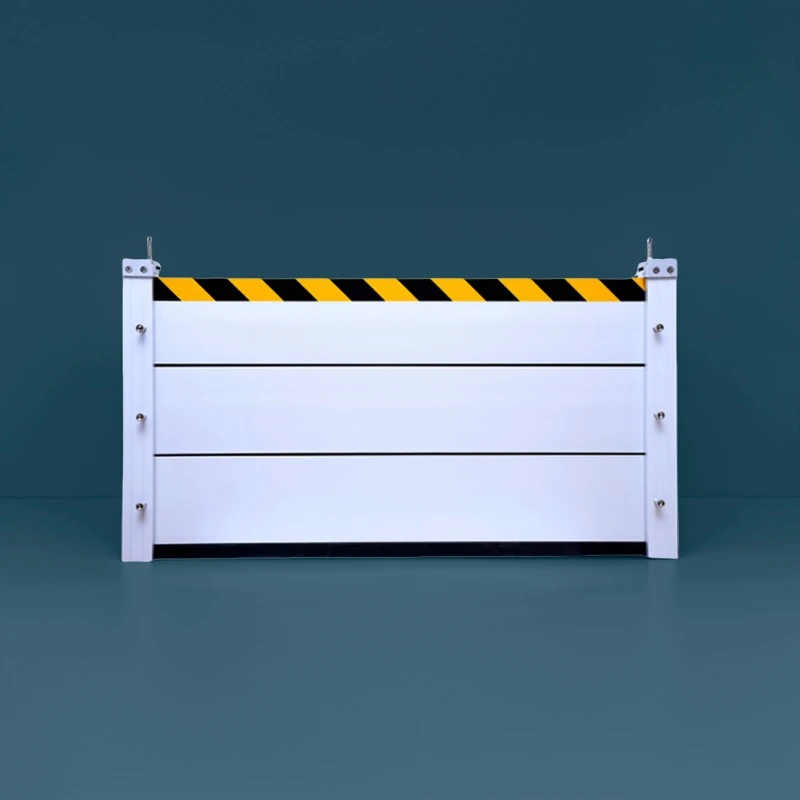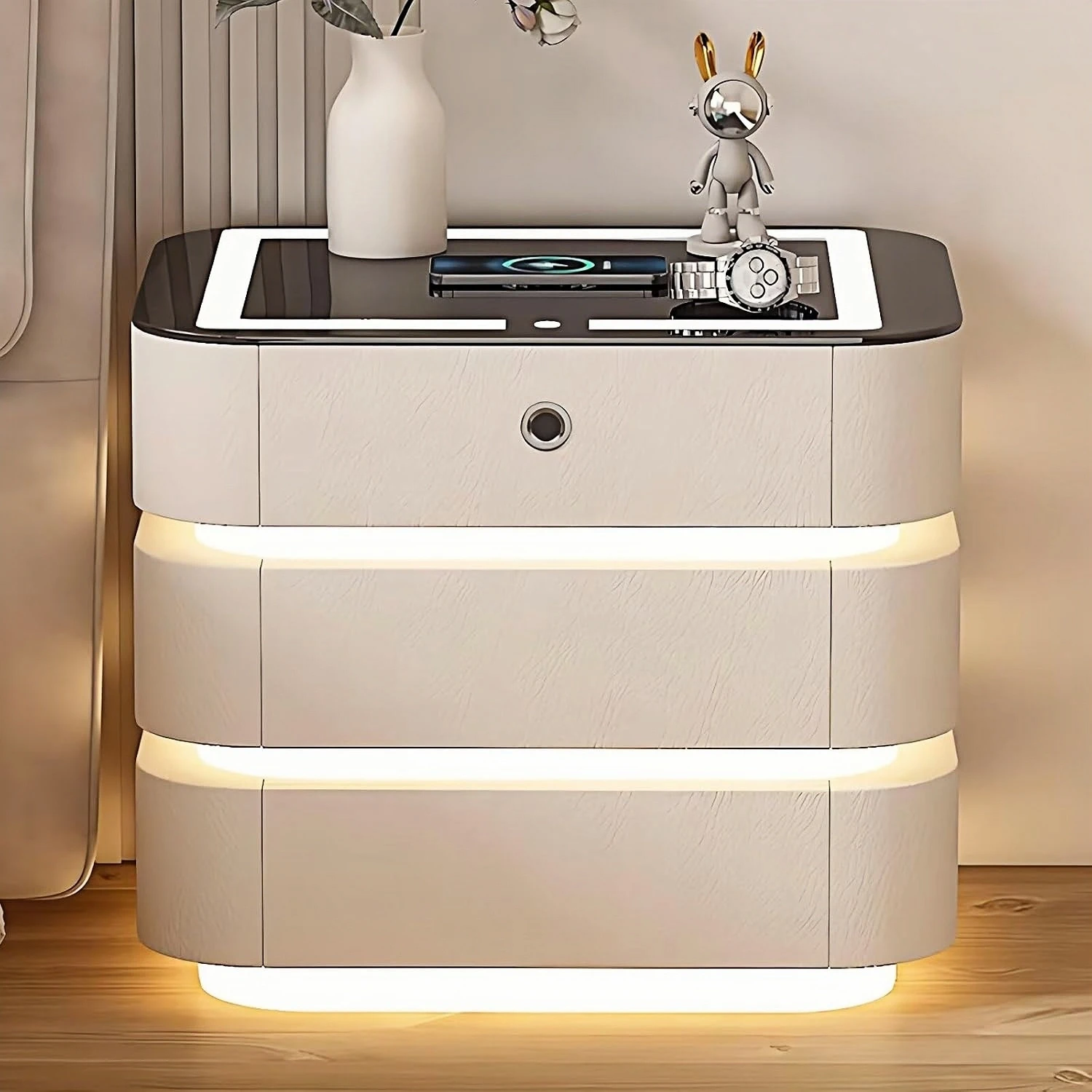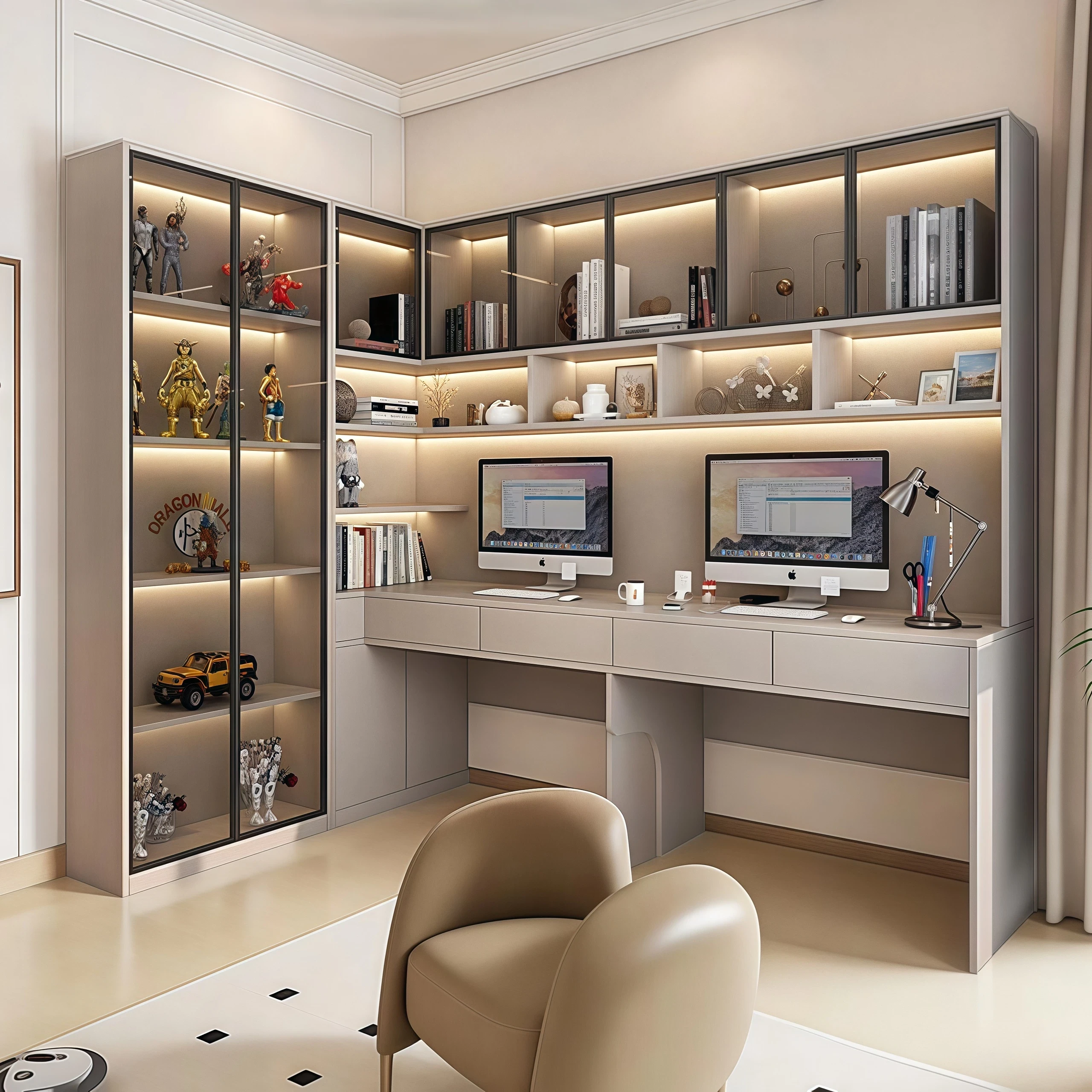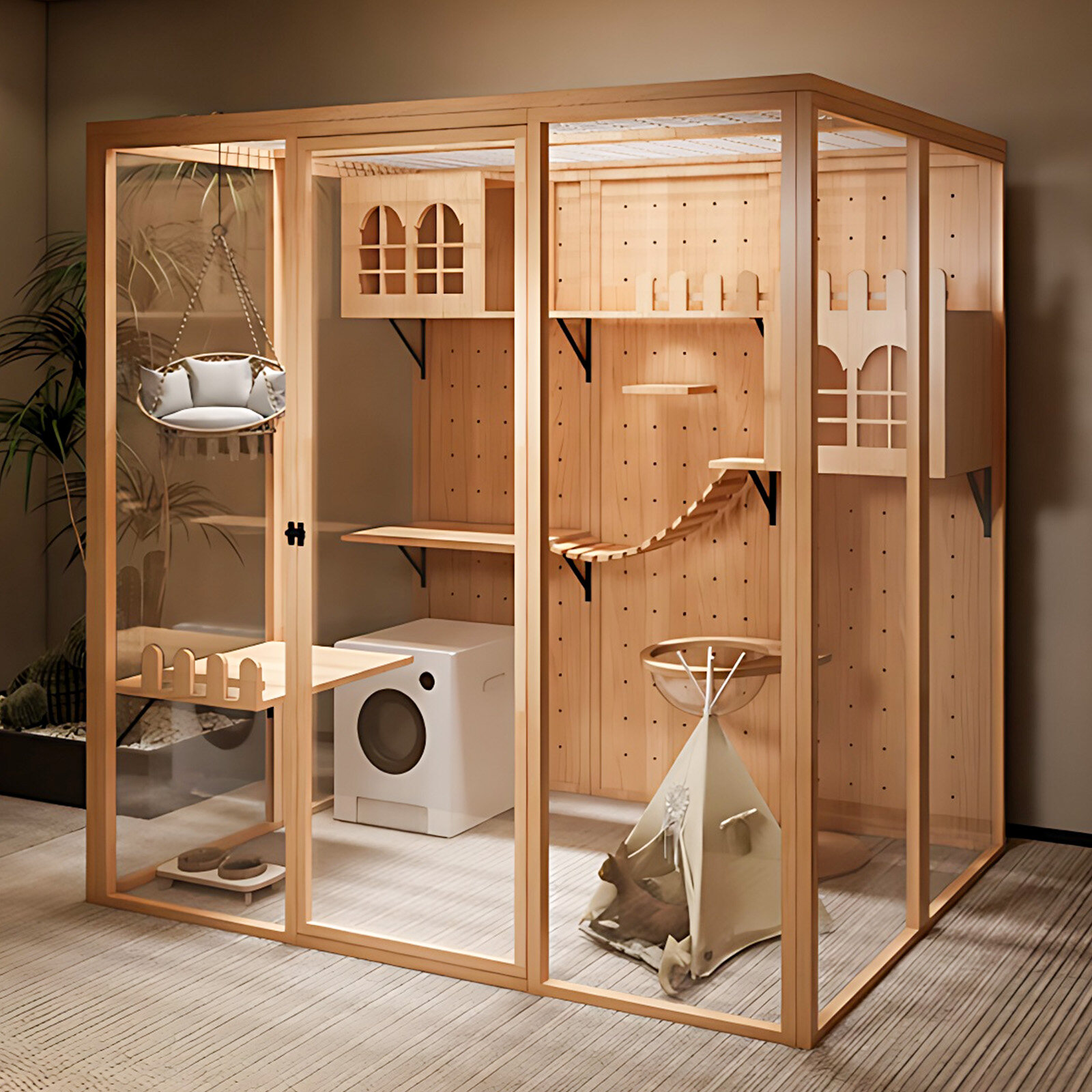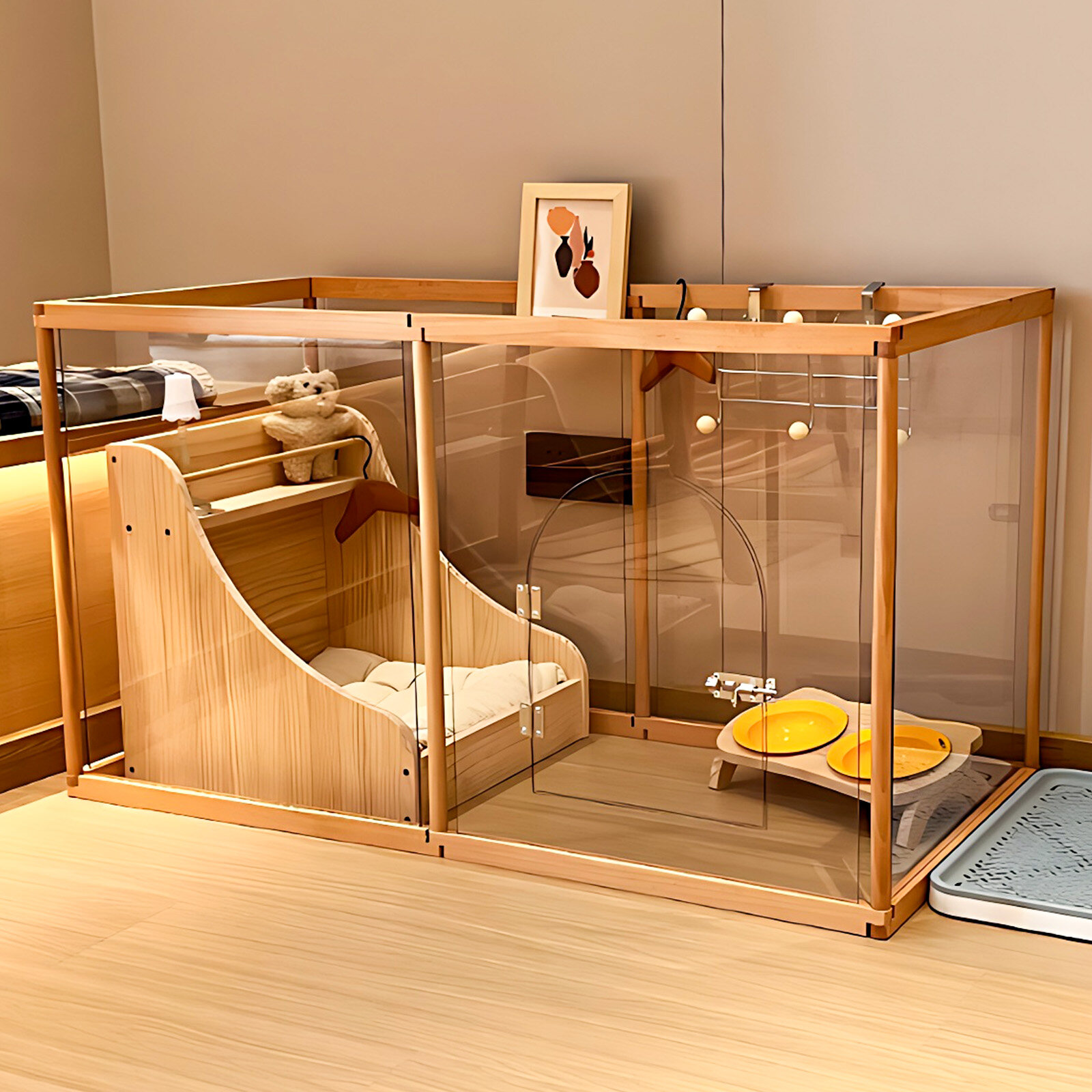Elements of creating a charming small garden
◇ Garden concept and importance
When it comes to the concept of "garden", people often first think of the vast scene of blooming flowers and green grass. However, in fact, in a small office area or home courtyard, you can also create a unique and intoxicating micro green space by cleverly arranging green plants, so that people can appreciate the tranquility and beauty of nature while busy. The garden is not only reflected in the vast natural landscape, but also through clever arrangement, using green plants to create a quiet natural atmosphere in a limited space.
◇ Style selection and layout design
To create an attractive, beautiful, and pleasant green environment, you need to follow a series of key points. When planning, you must take into account the area of the courtyard, the surrounding natural environment, and your personal financial ability. Style selection is about personality and financial ability. Simplified, regular, natural, and flower-like layouts all provide unique beauty and usage experience.
◇ Modern minimalist design
Simplified design is a good choice for those owners who have limited time and no time to maintain the garden regularly. This design concept focuses on the clever combination of living plants and other materials, such as pebbles, grass-embedded lawns, etc., to create a garden that is both beautiful and easy to manage. In terms of plant materials, hard and thick varieties with extensive management are preferred.
◇ Regular layout
Regular layout is an ideal choice for those owners who have sufficient time and interest and are willing to regularly and carefully maintain garden plants. Through this layout method, plants such as boxwood, cassia, azalea, and heather can be carefully trimmed into neat hedges or balls, which not only shows the owner's superb gardening skills, but also adds a gorgeous and exquisite atmosphere to the environment.
◇ Natural layout
In medium and small gardens, natural layout techniques can be used to flexibly plant small clumps of trees, lawns, or potted flowers. In this way, the rigid roads and building outlines can be cleverly softened, adding a natural beauty.
◇ Flower cluster layout
In the corners or edges of the courtyard, various perennial flower clusters are cleverly planted. They are staggered in height and colorful, forming a strong visual contrast. The open area left is suitable for paving the floor, placing rocking chairs, tables, and stools, and parasols, providing a pleasant resting environment for the owner of the garden.
◇ Layout planning of small gardens
Regarding the overall layout of the courtyard, once the style of the garden is determined, we need to carefully plan the road floor, garden sketches, and plant configuration on the drawings. Carefully plan the road floor, sketches, and plant configuration to ensure that the activity area has both beautiful and comfortable functions.
◇ Road floor design
As the main activity area in the small garden, the proportion and layout of the road floor are crucial. In terms of paving materials, hard materials such as cement, bricks, or pebbles can provide a flat and durable surface, which can be fully paved or combined with soft materials such as lawns and ground cover plants.
◇ Setting of garden pieces
On the basis of the road floor, various pieces such as flower stands, flower pots, racks, tables and chairs, rockery and small pools are arranged reasonably according to actual activities and aesthetic needs.
◇ Consideration of the surrounding environment
As the connection point between the small environment and the external environment, the small garden is also a transitional space between indoor and outdoor. Its design needs to fully consider the characteristics of the surrounding environment. By cleverly using climbing plants, hanging flowers and potted plants, the green atmosphere can be effectively increased.
◇ Plant configuration principles
The configuration of plants in the courtyard is a process that requires careful consideration. Clearly match the characteristics of plants with the environment, and arrange them reasonably to meet the dual needs of beauty and practicality. Due to the large number of plant materials available, the design of each garden must be based on its unique environmental characteristics and the owner's personal preferences and needs.
◇ Plant selection and design
◇ Adapt to the environment and reasonable layout
Before configuring plants, you must first understand the soil properties, terrain characteristics, light, and ventilation conditions of the garden. Based on this information, combined with the unique ecological needs of each plant, selection is made.
◇ Multifunctional application
Although the area of a small garden is limited, the selected plants can play multiple functions. From the perspective of the entire garden, while taking into account the plants themselves, it is recommended to choose materials that can show good effects in spring, summer, and autumn. In order to enjoy the fragrance of flowers both indoors and outdoors, you can create an aromatic garden, in which you can plant roses, lilies, osmanthus, and other fragrant plants.

 USD
USD
 GBP
GBP
 EUR
EUR
